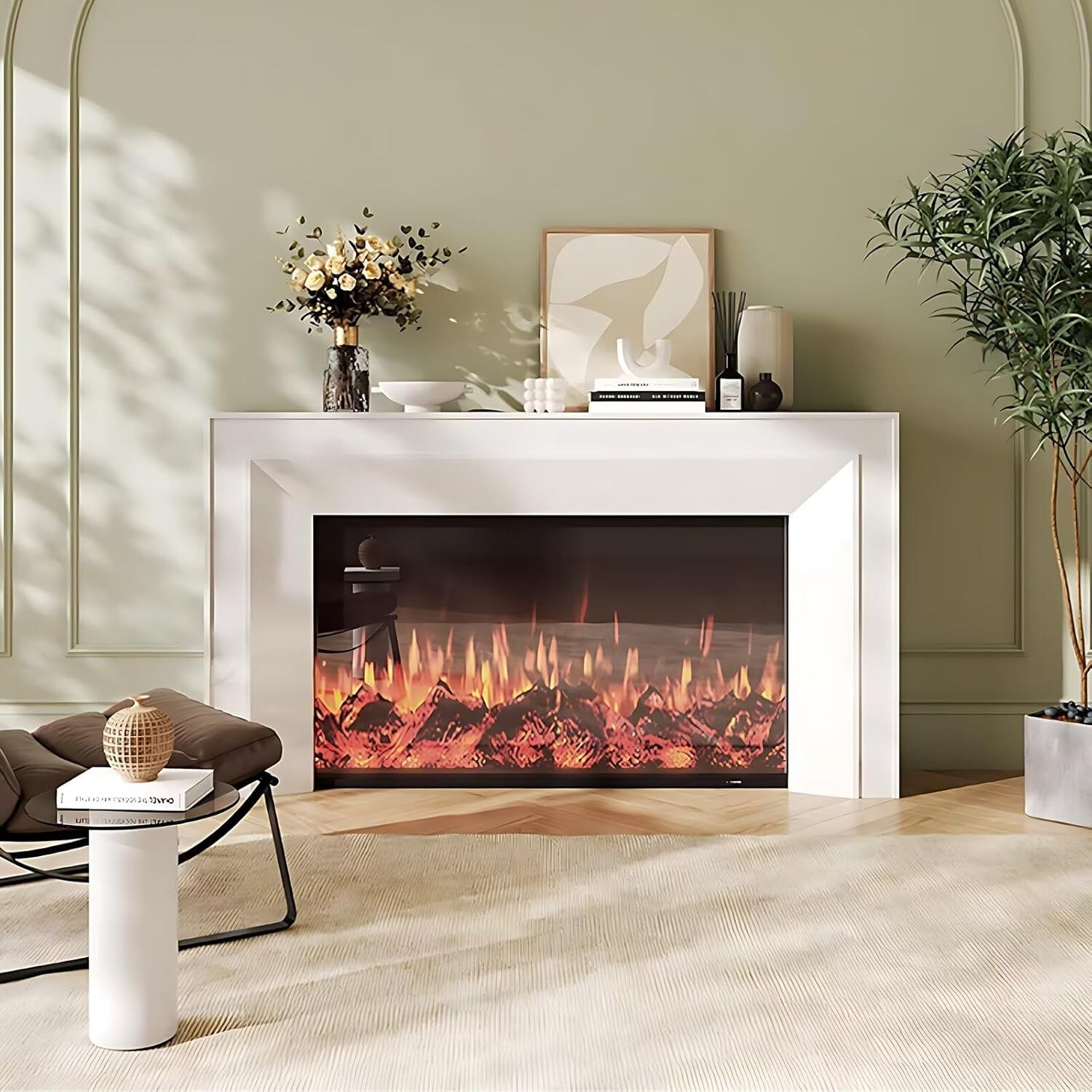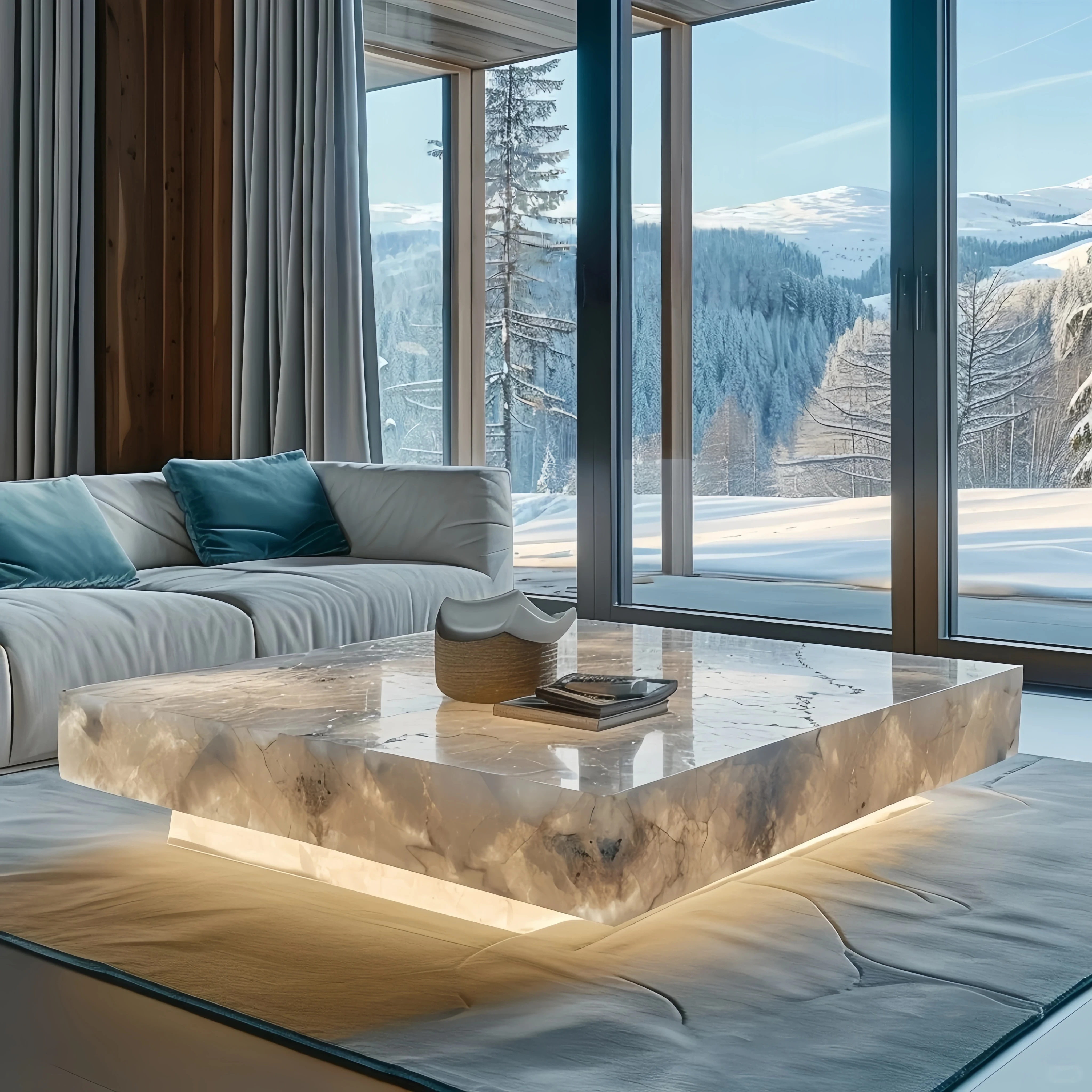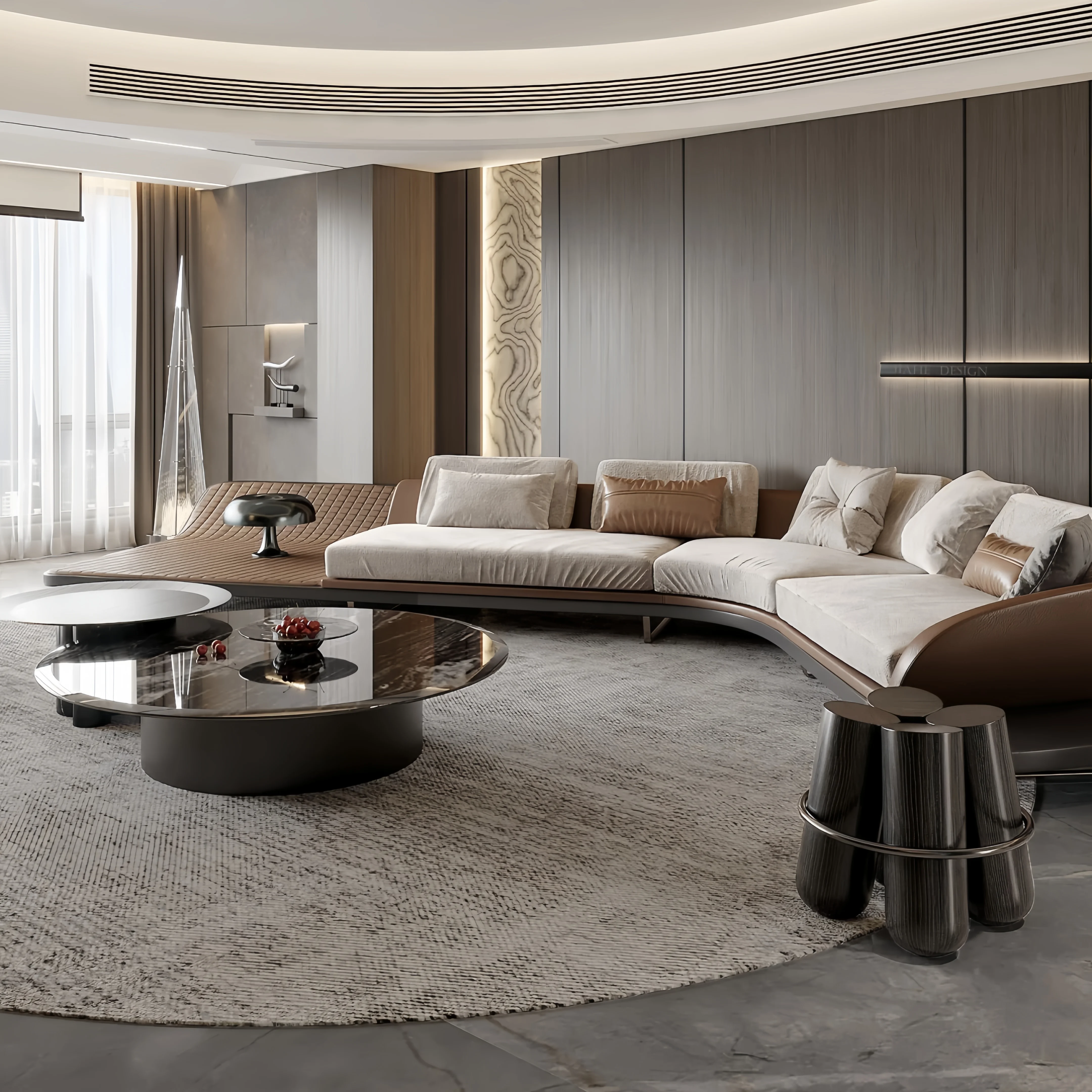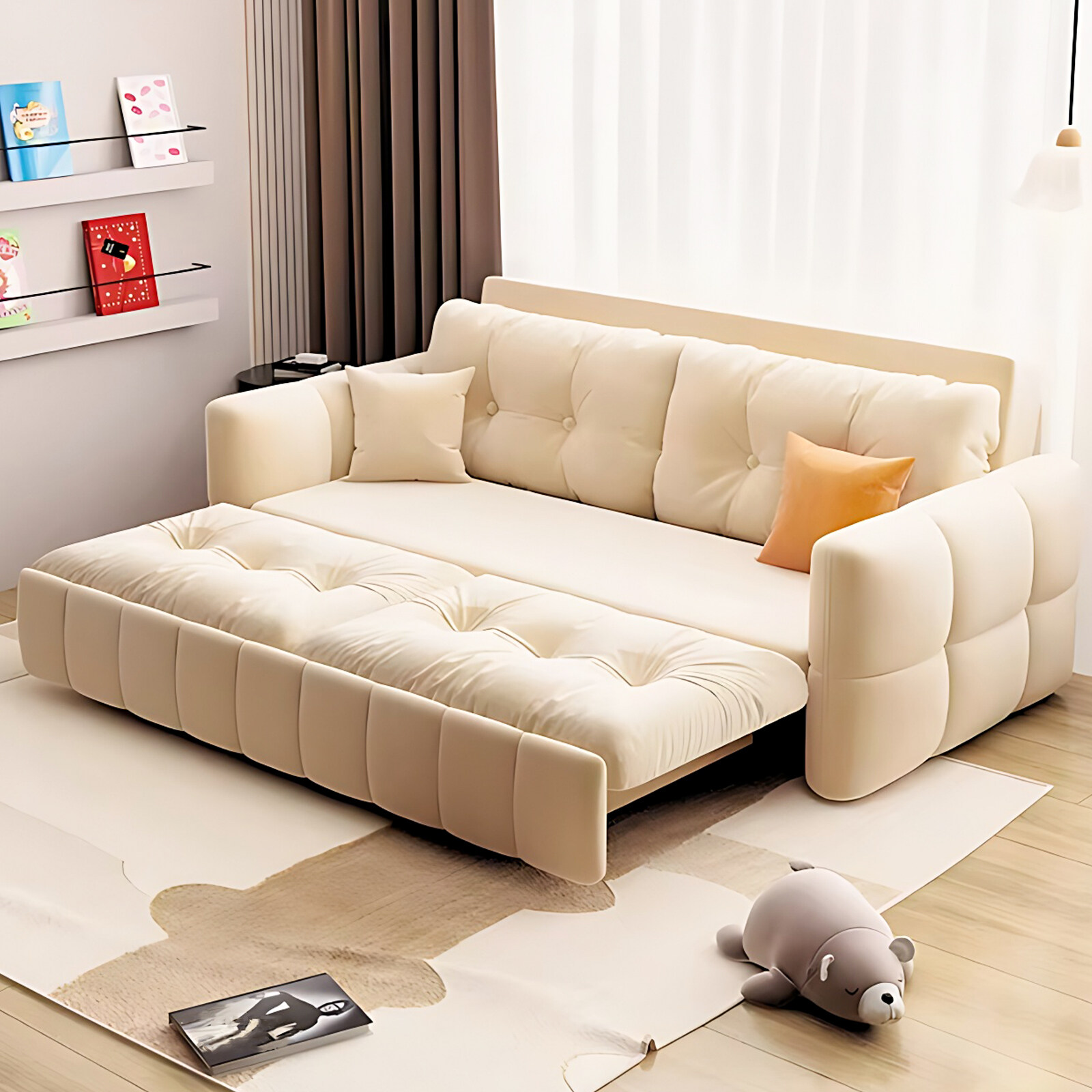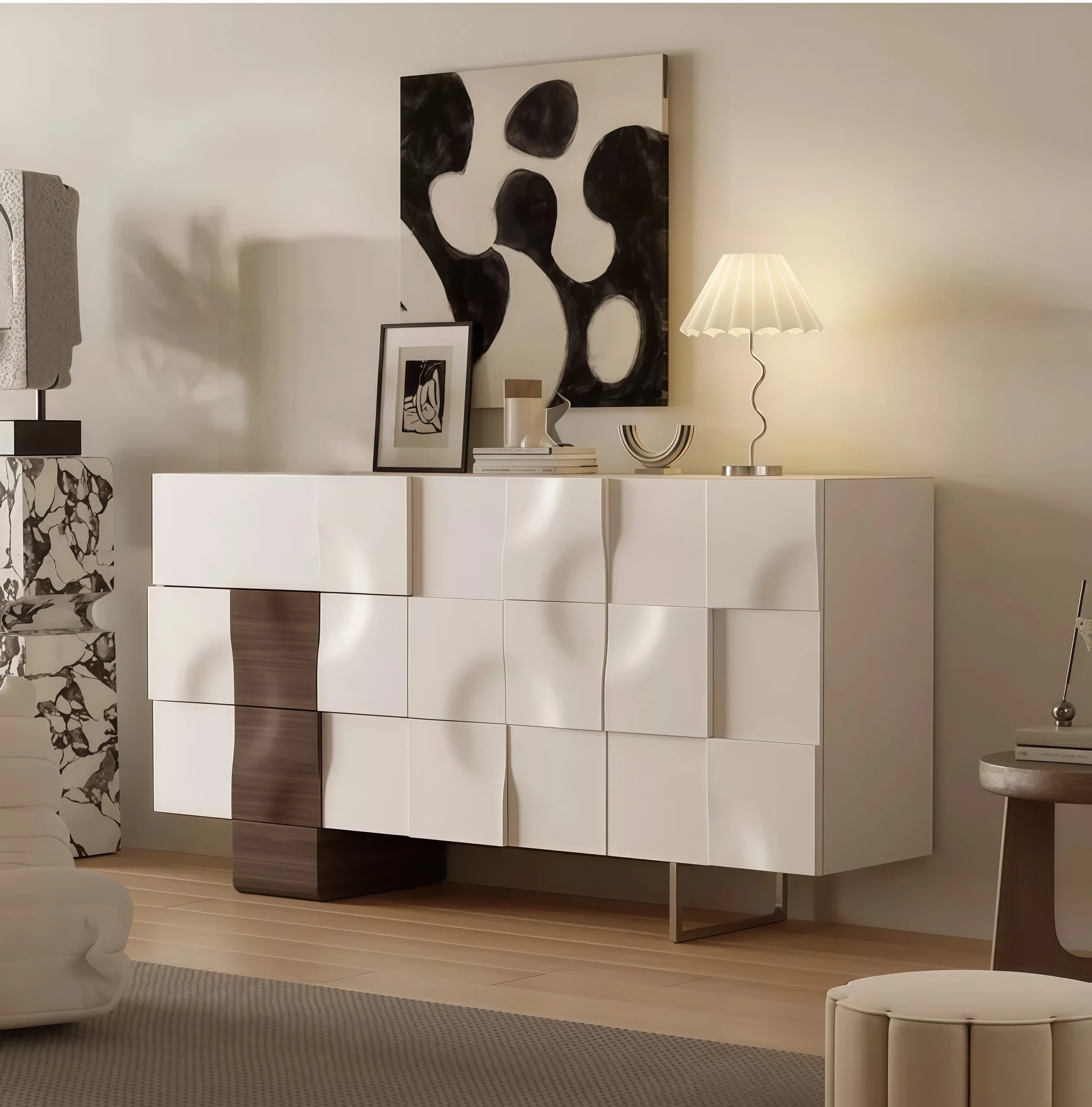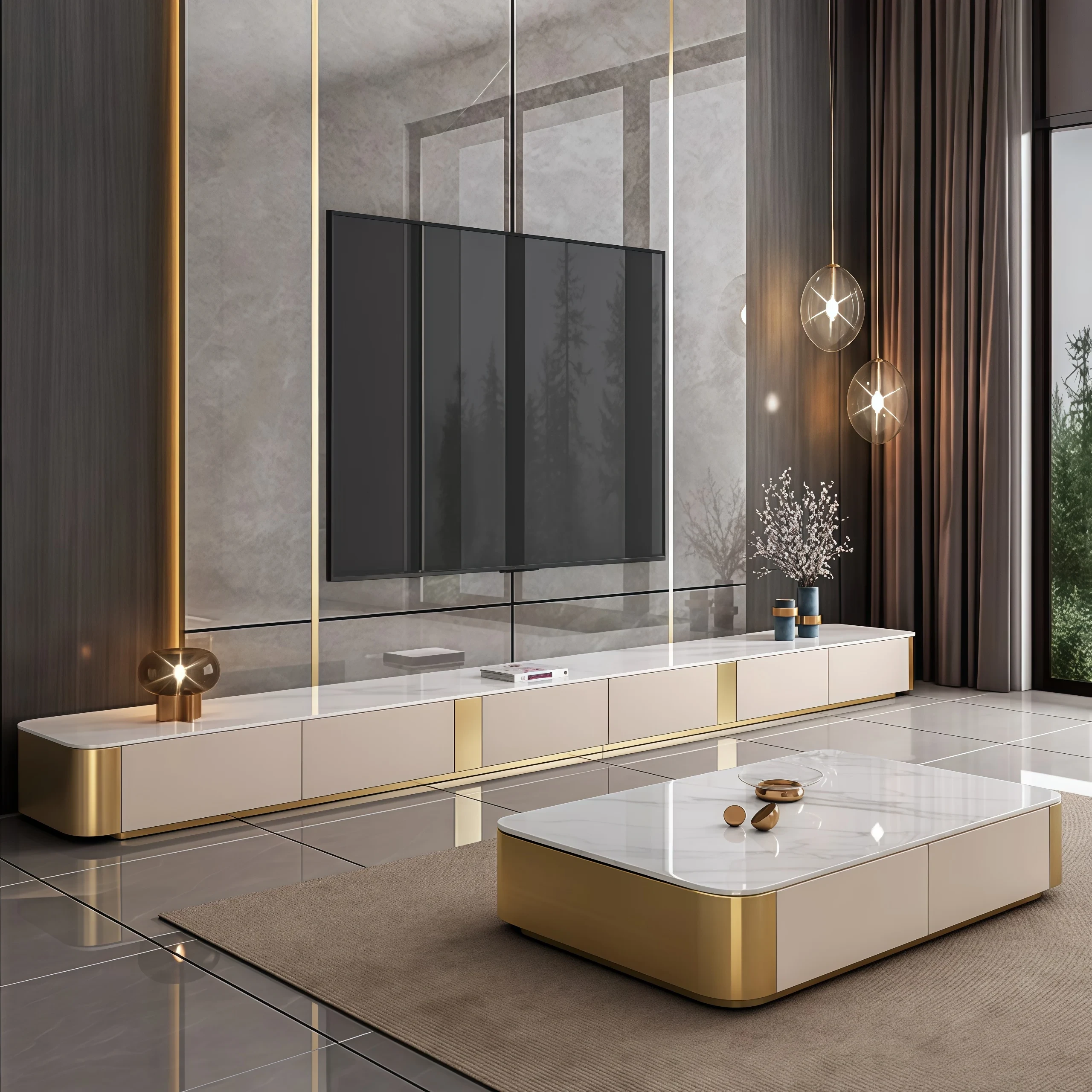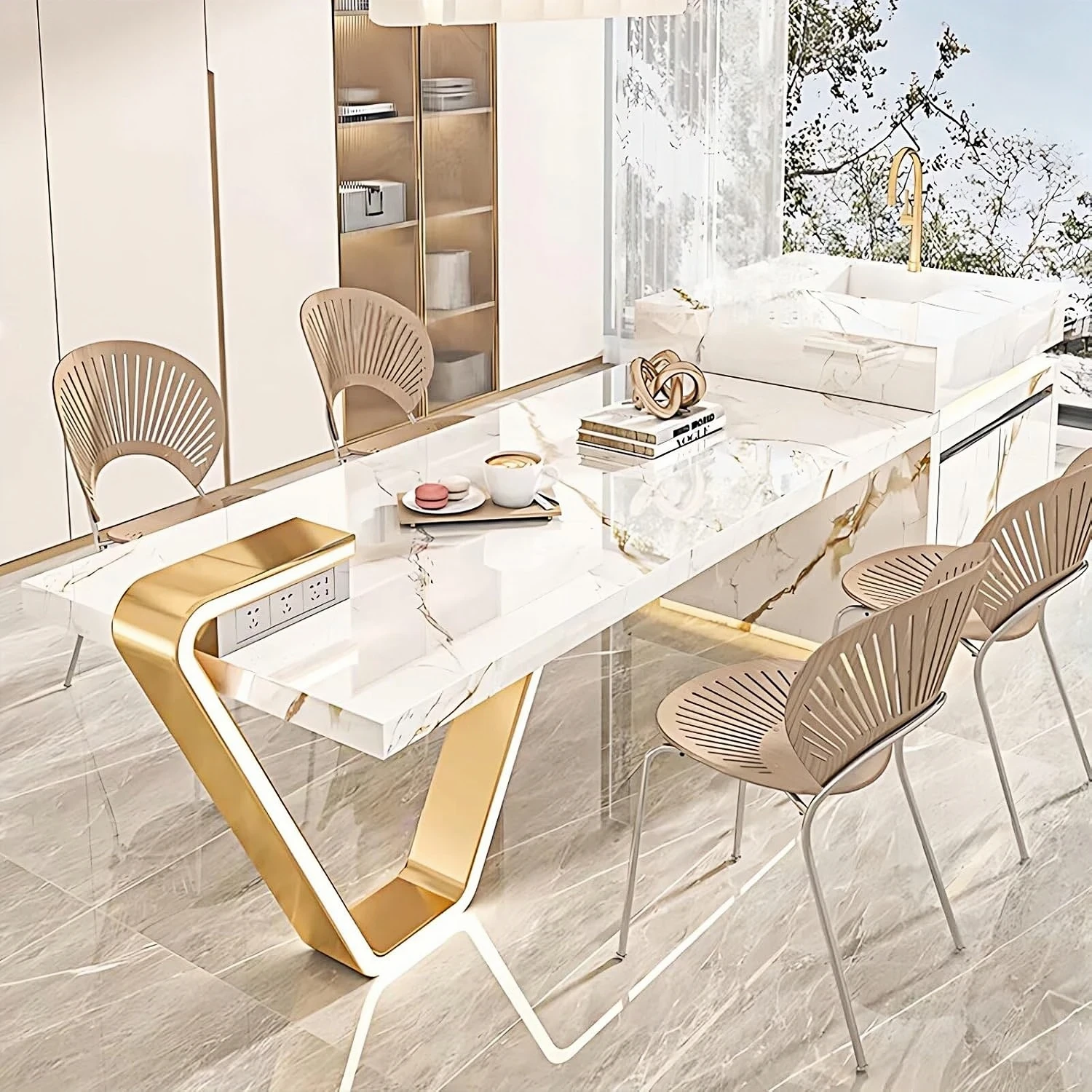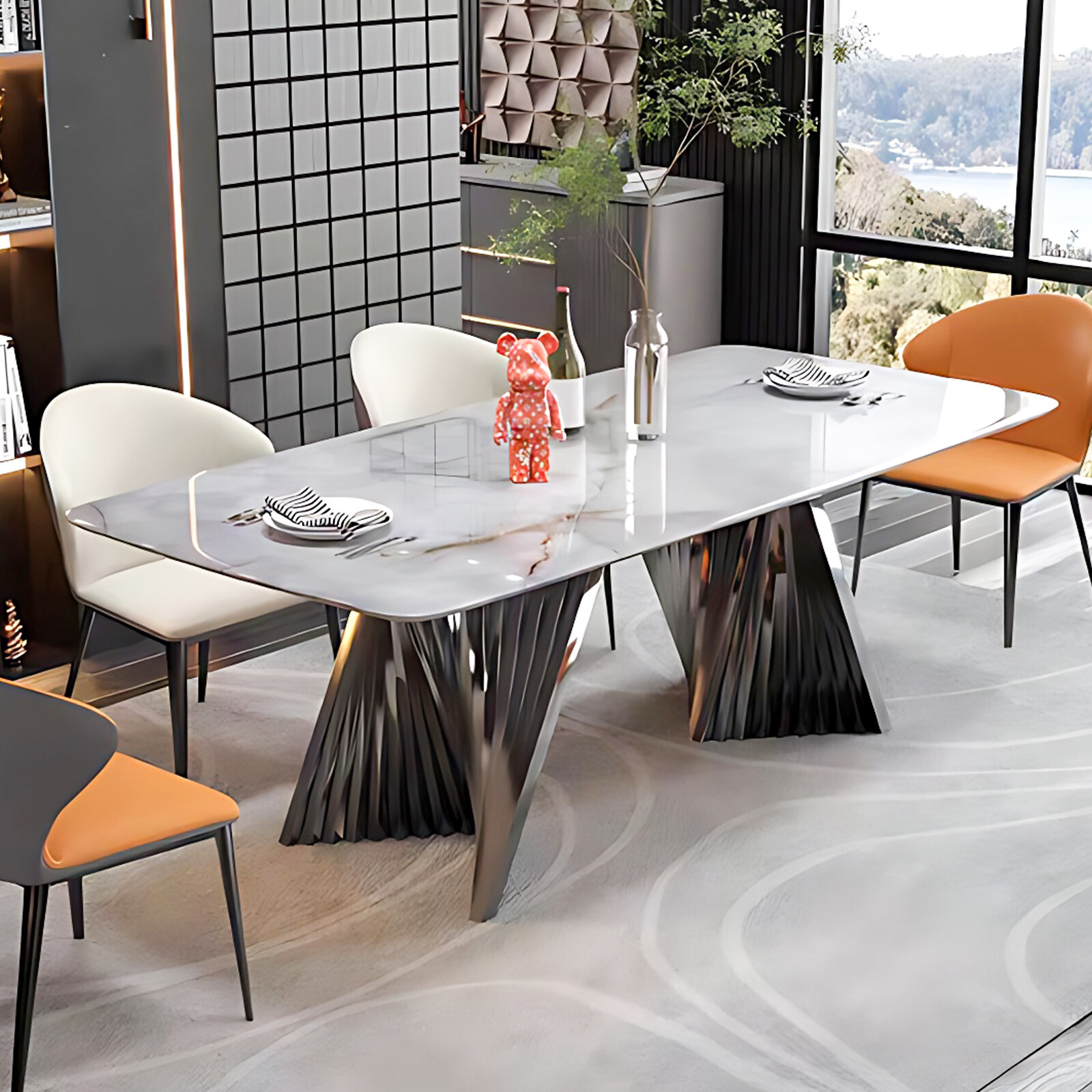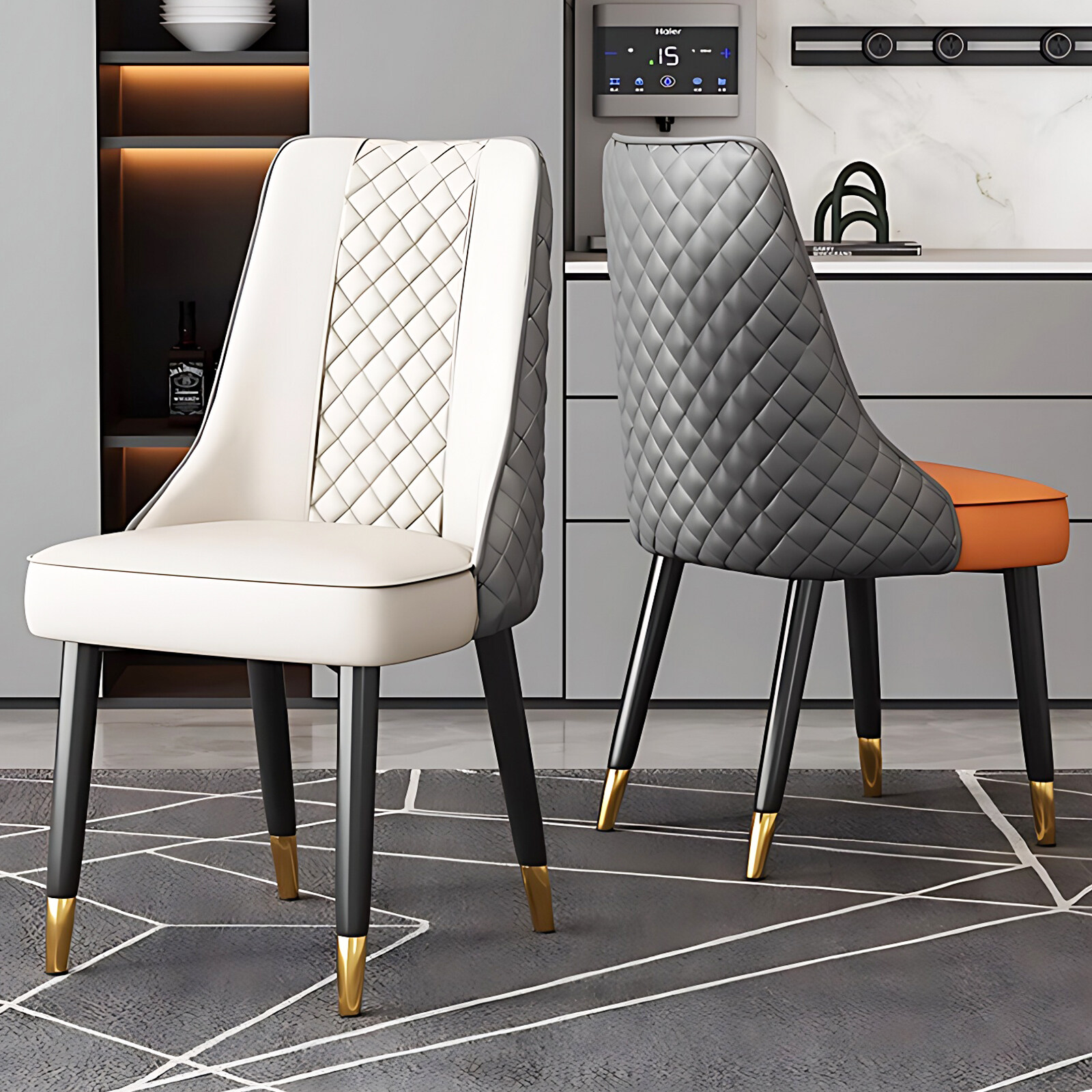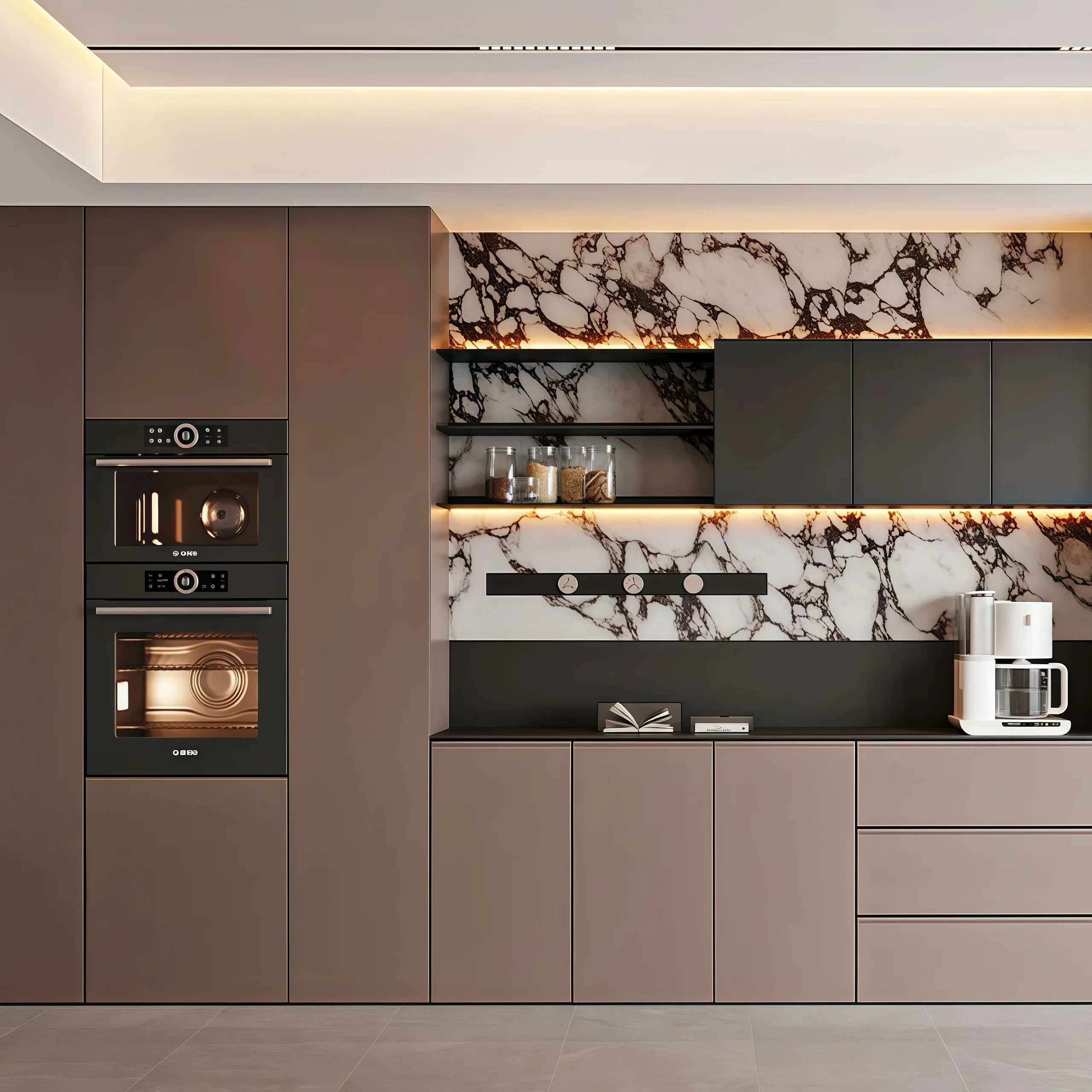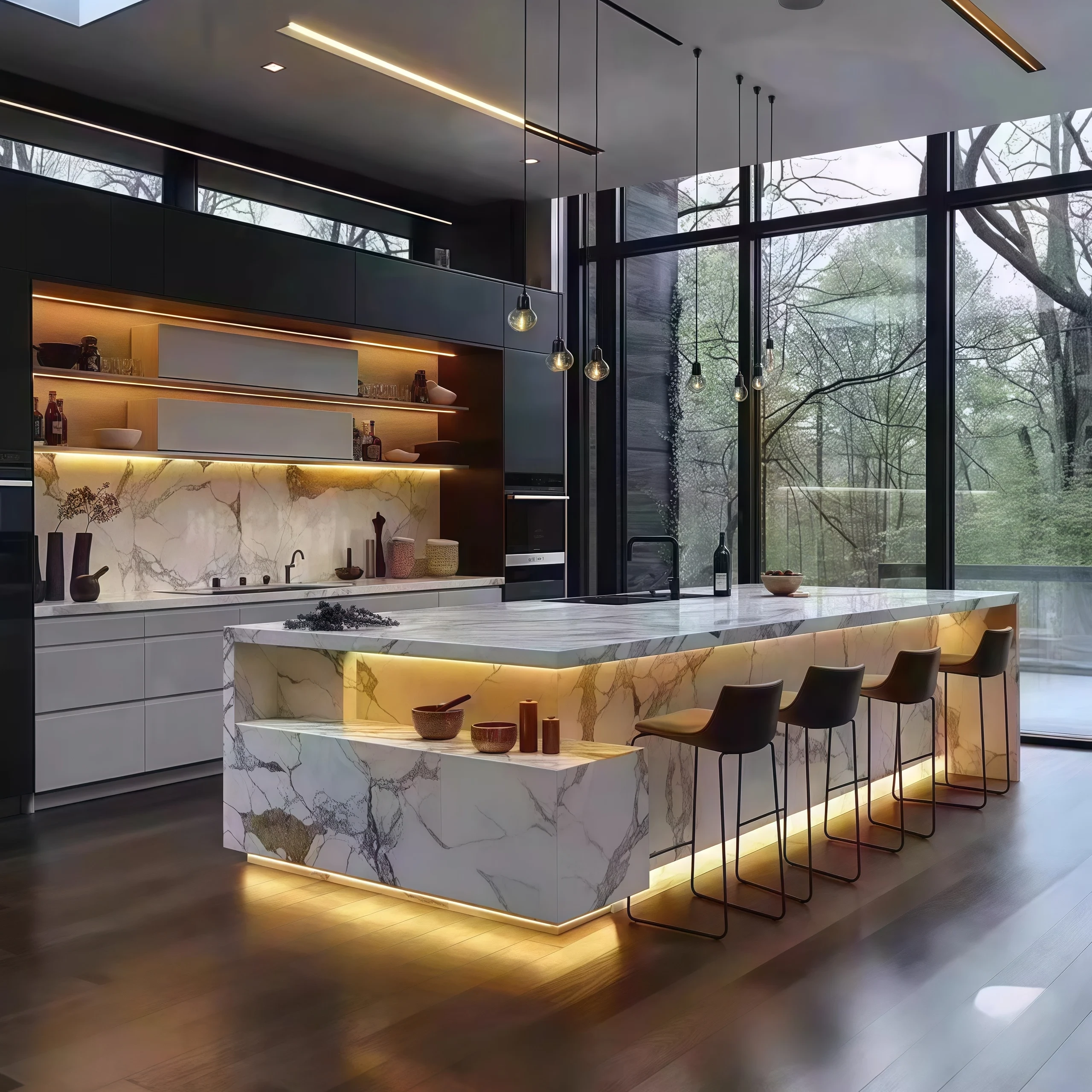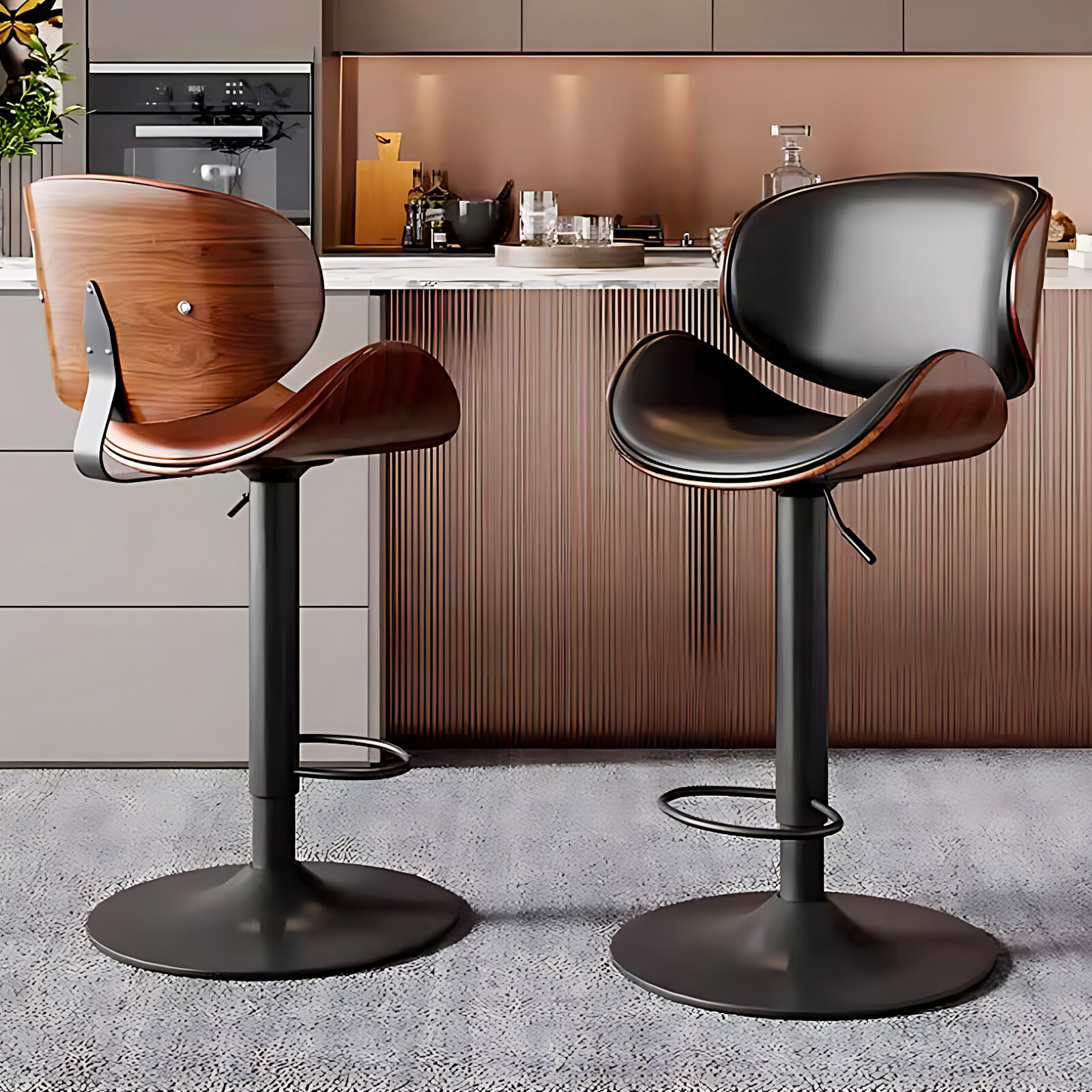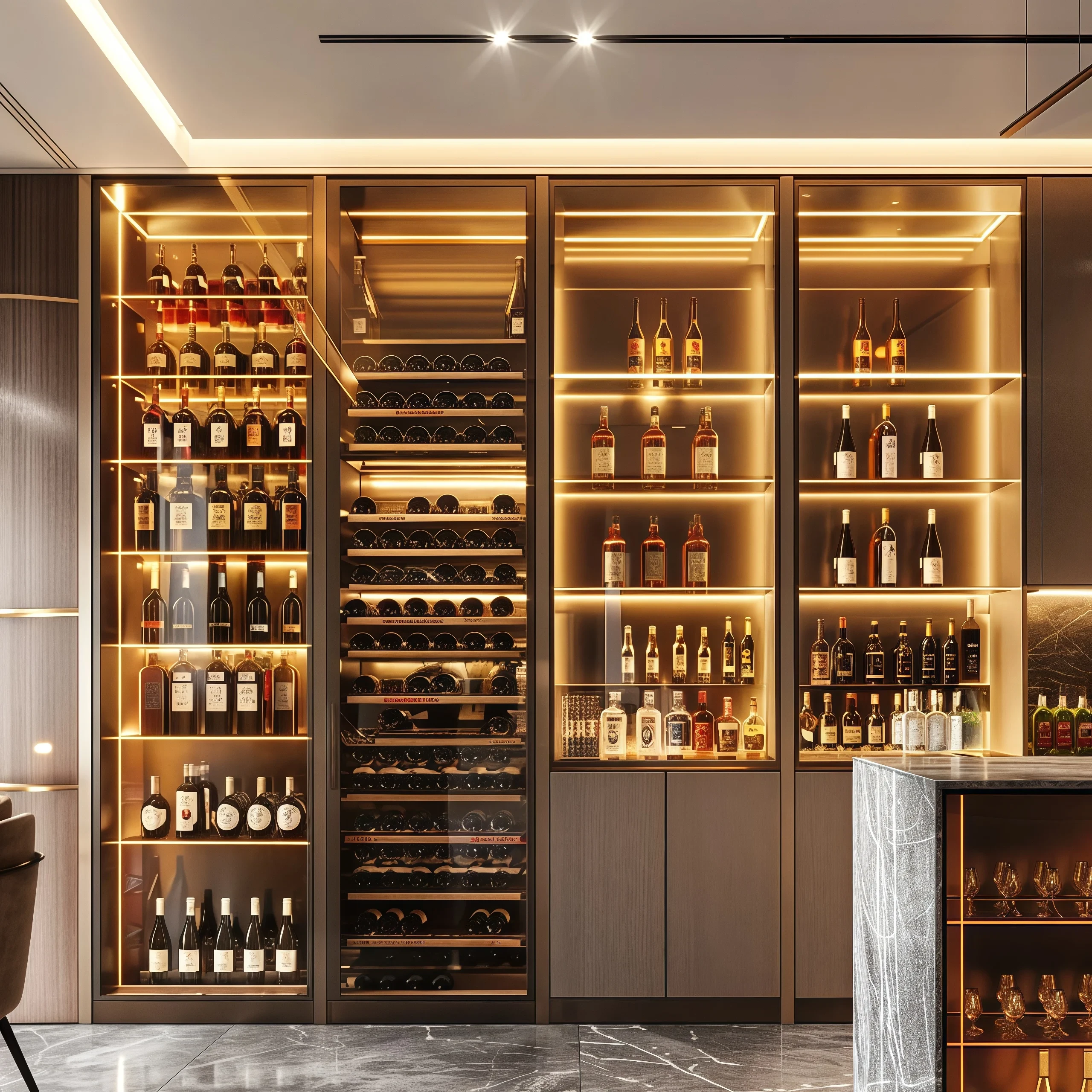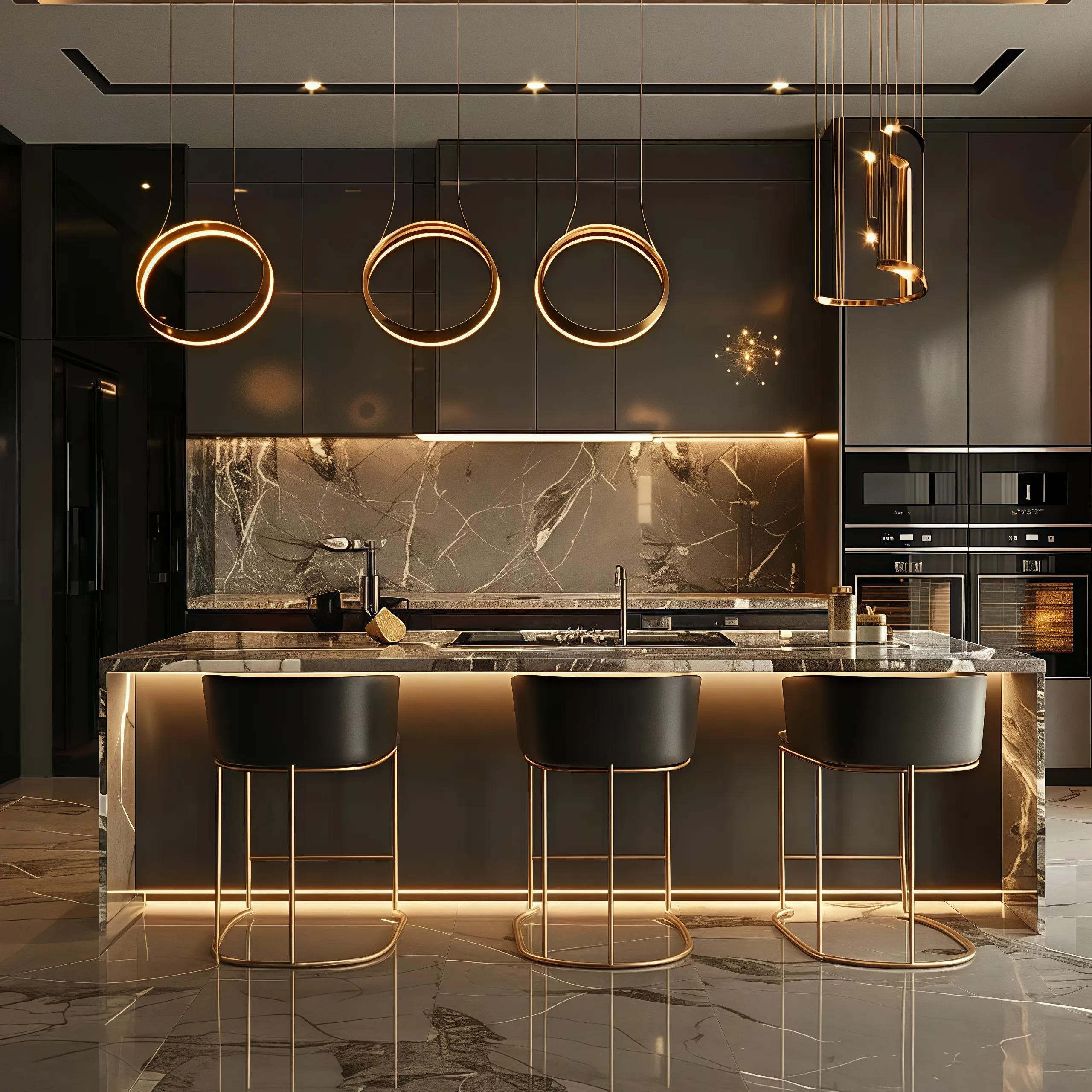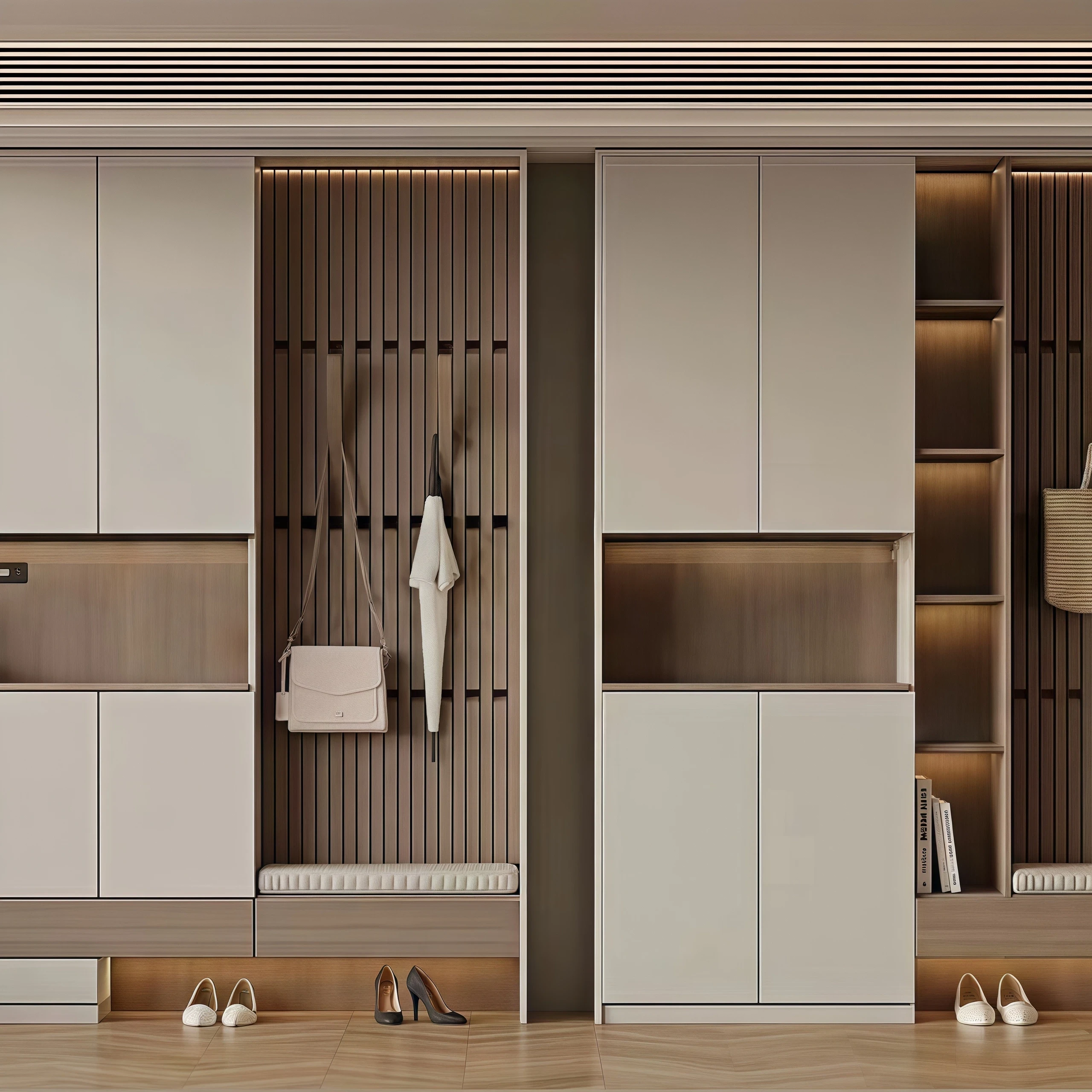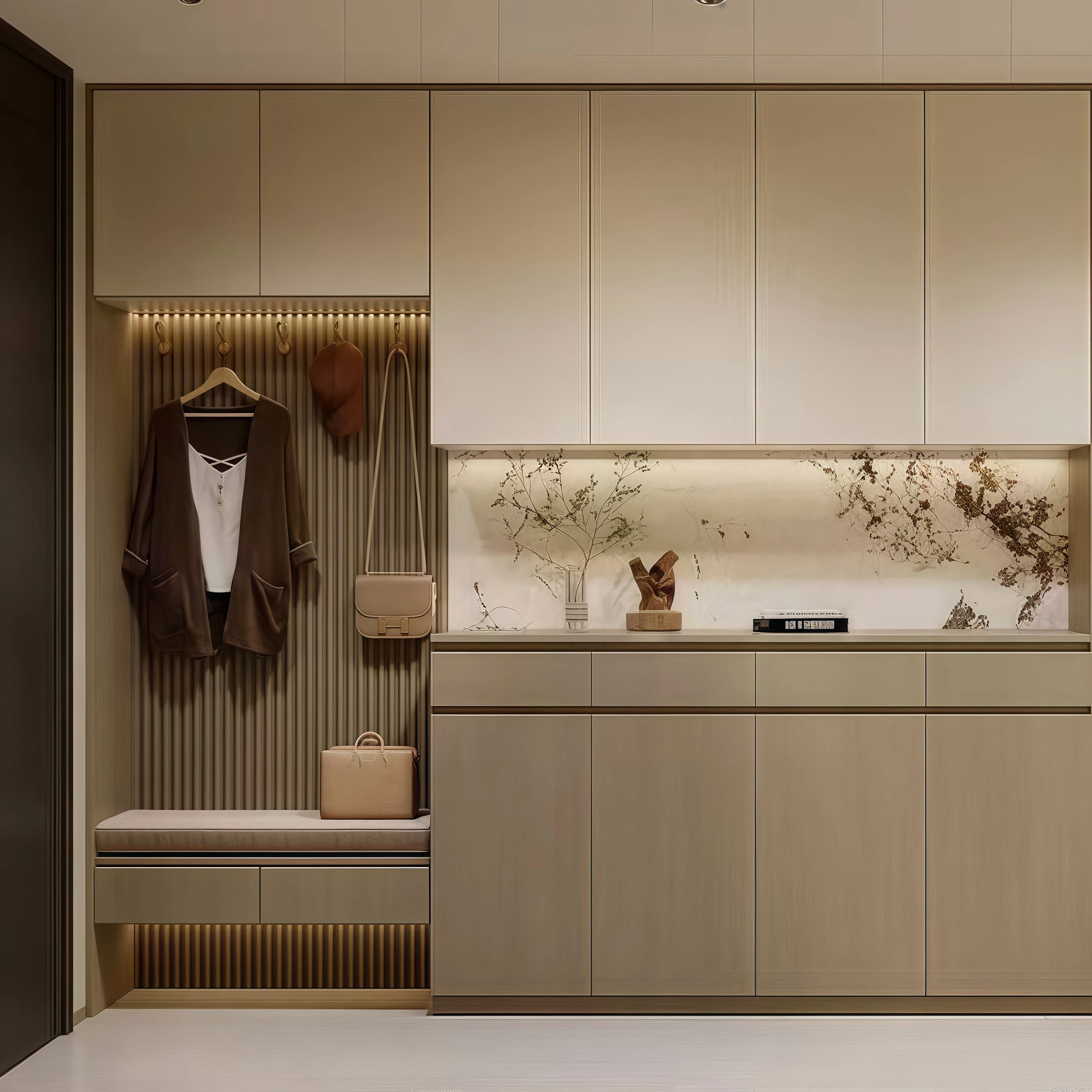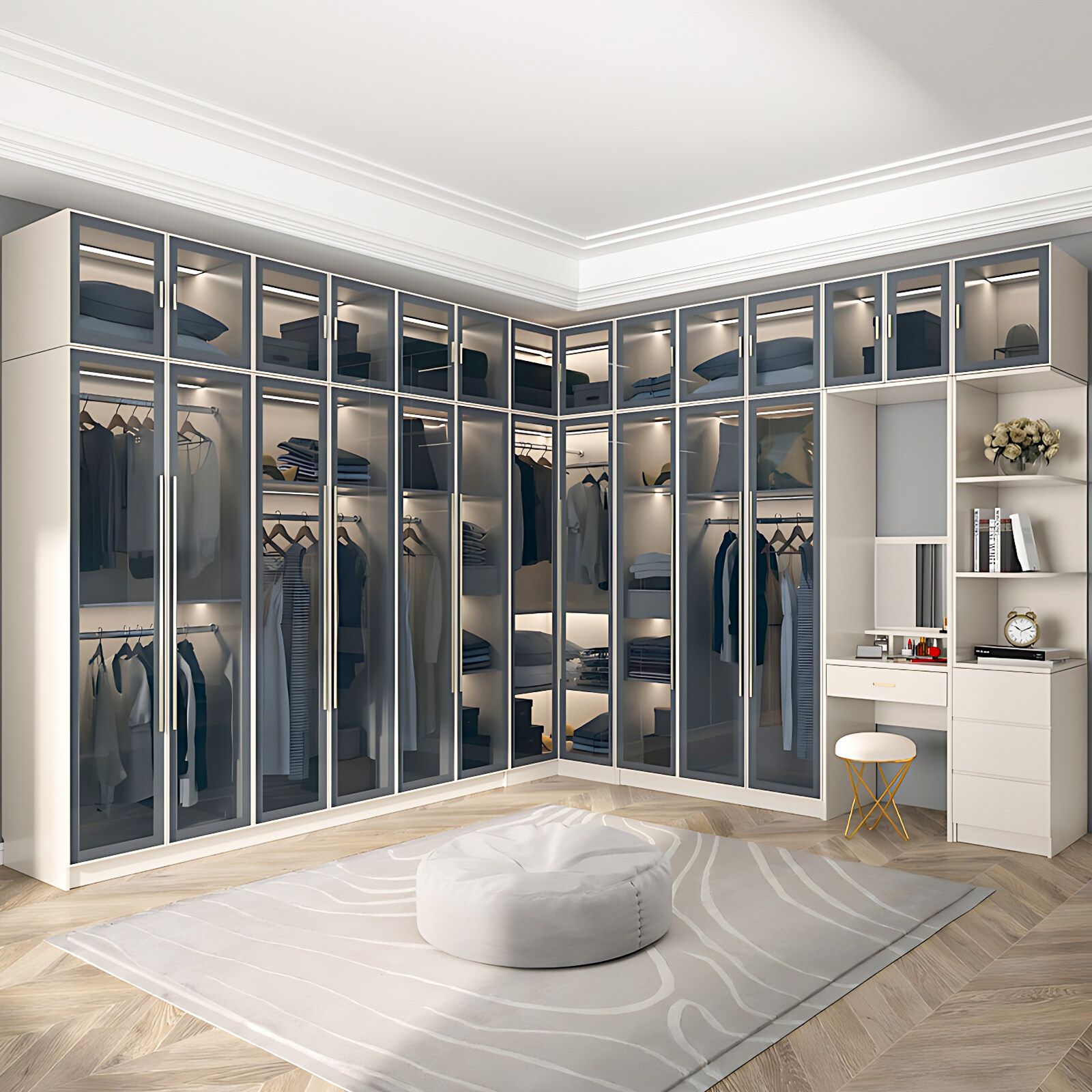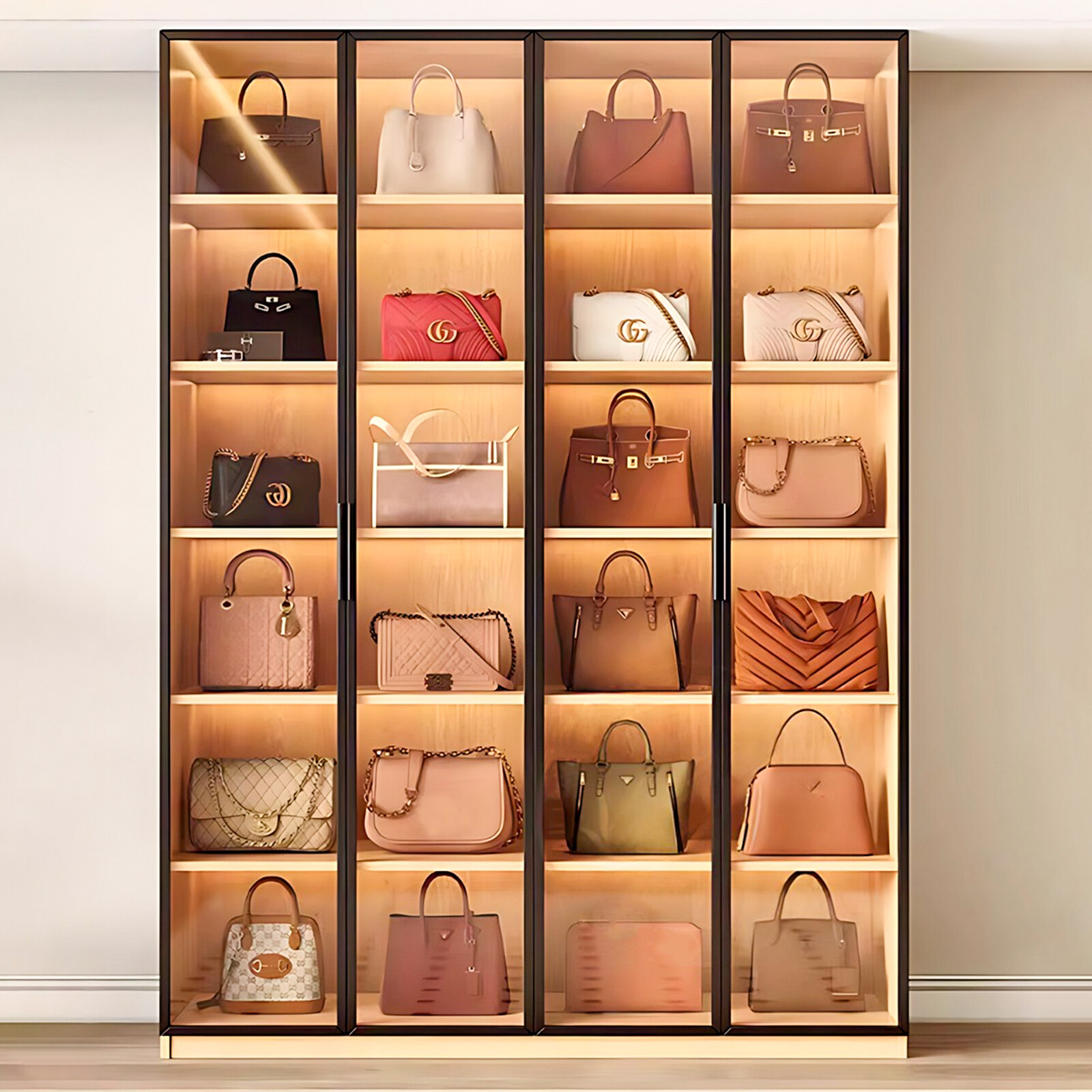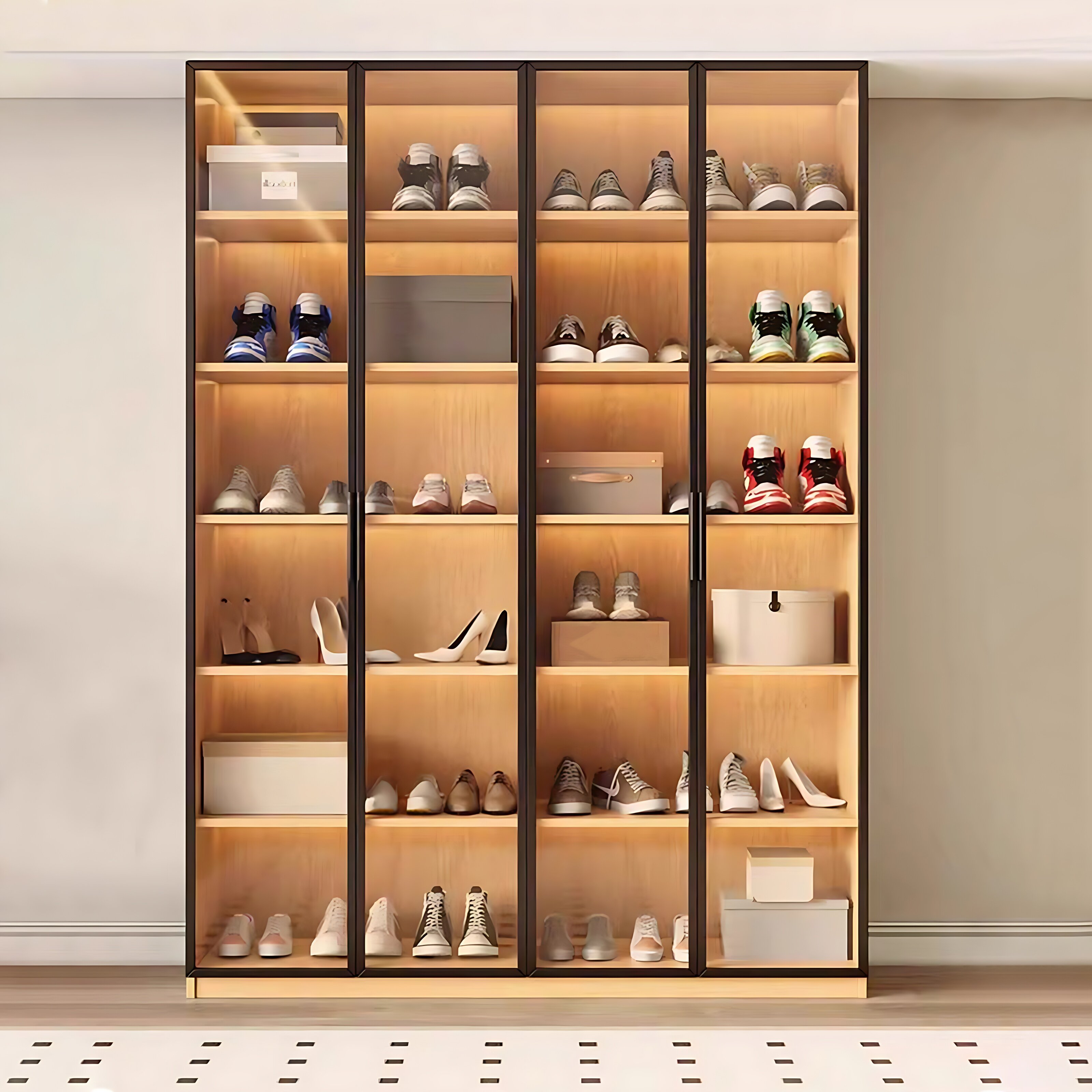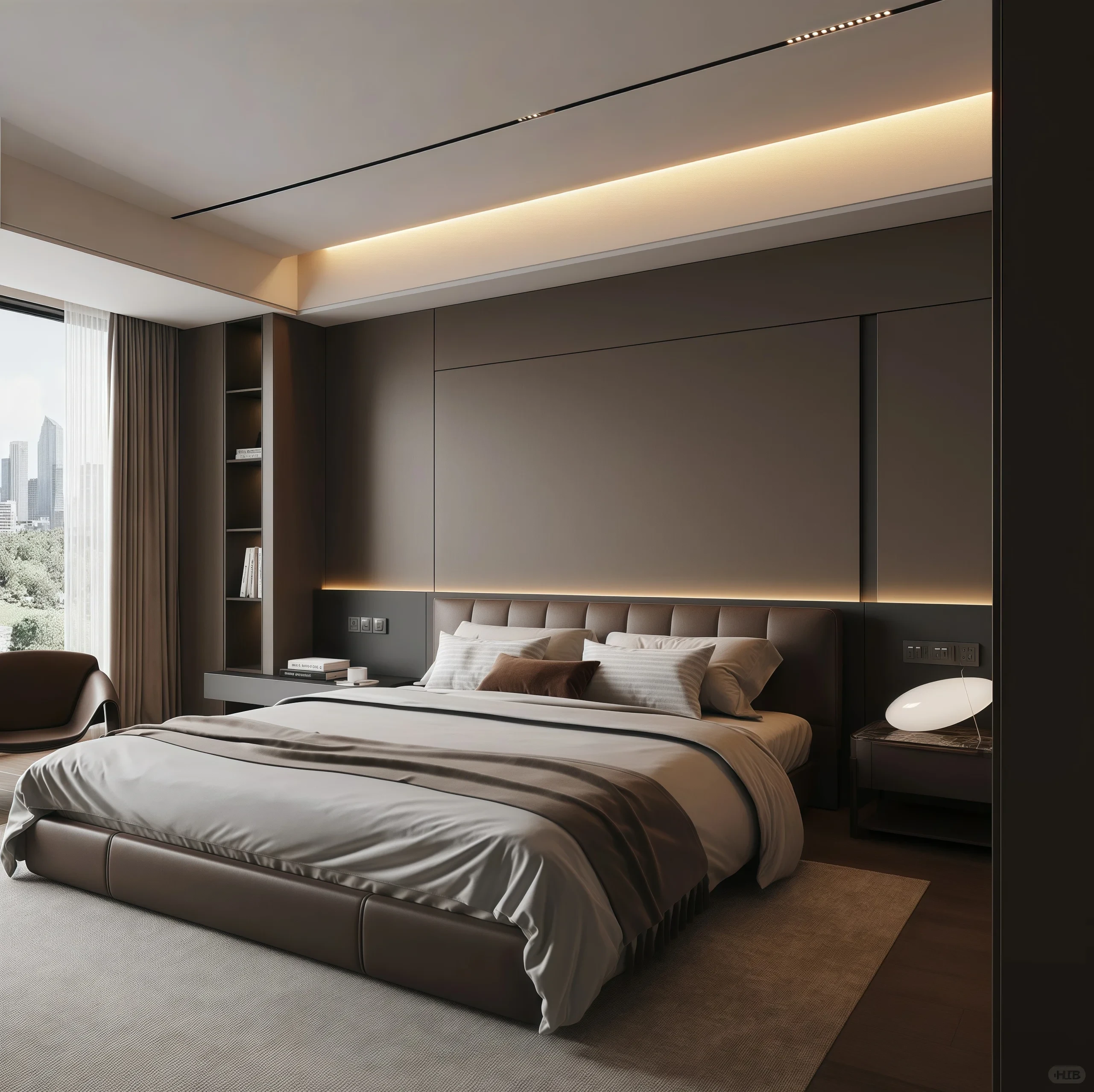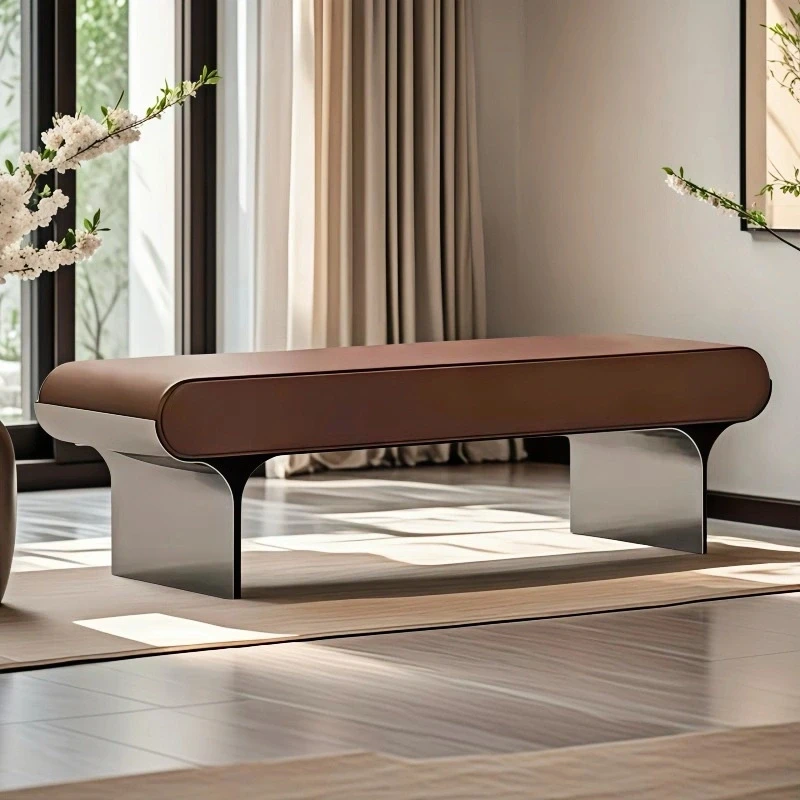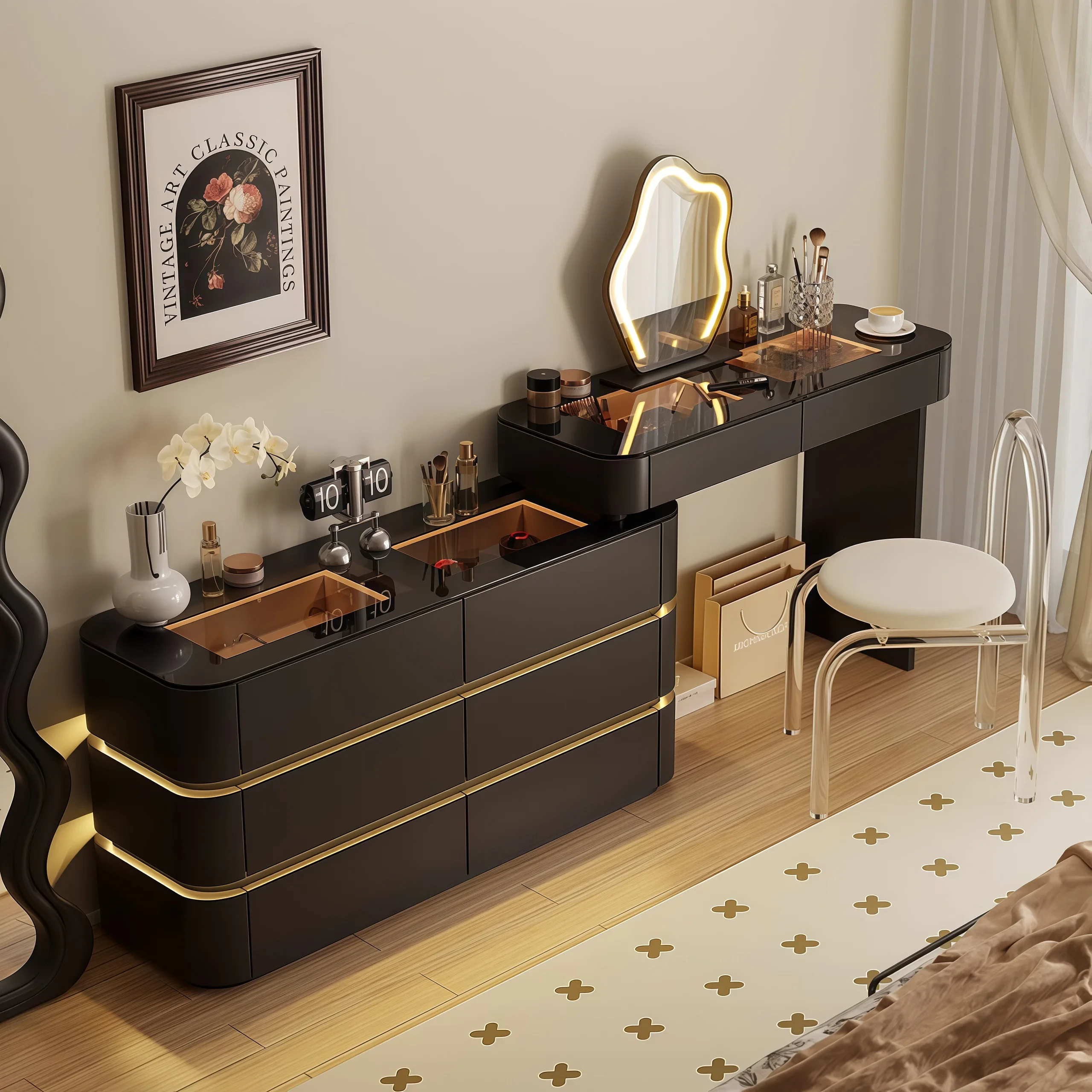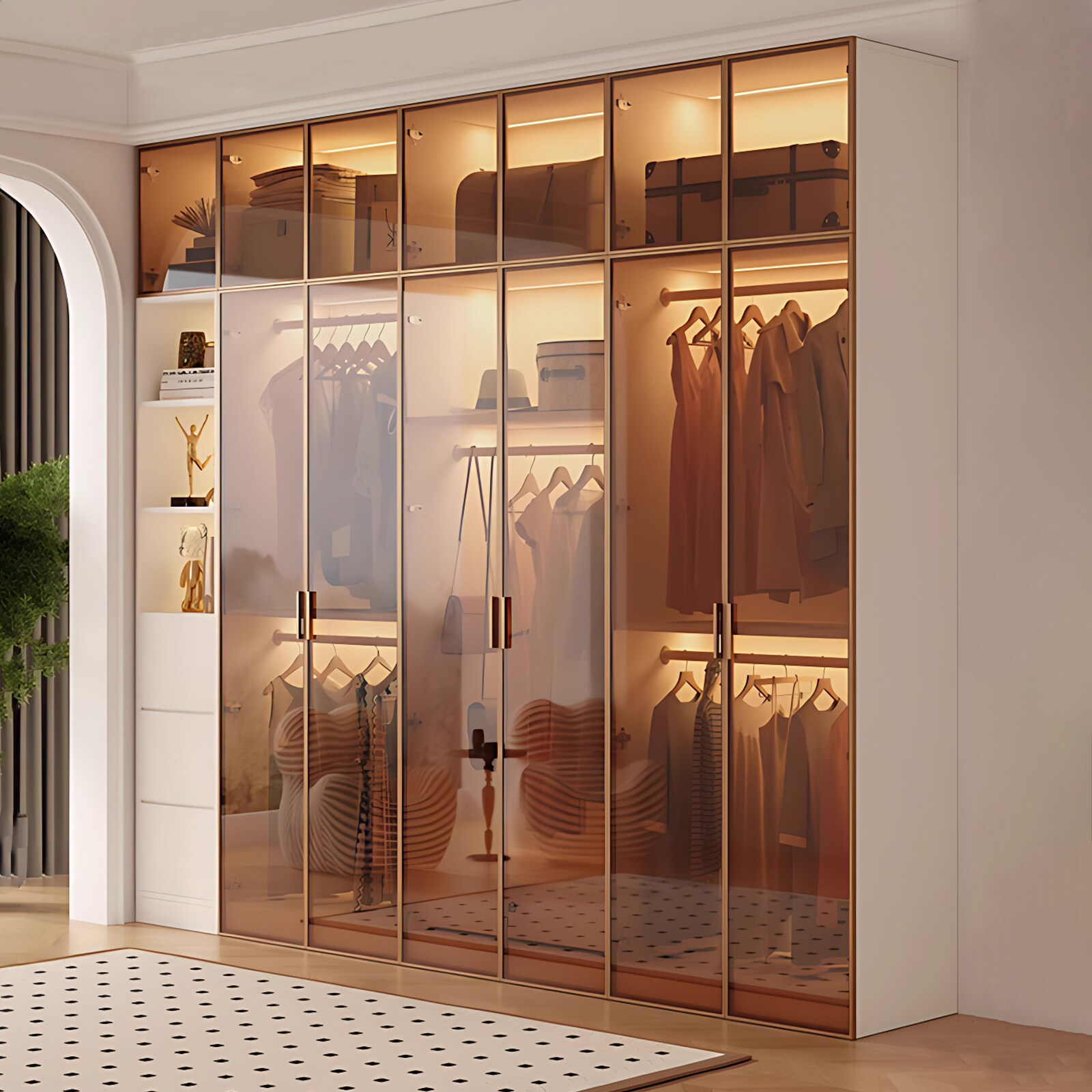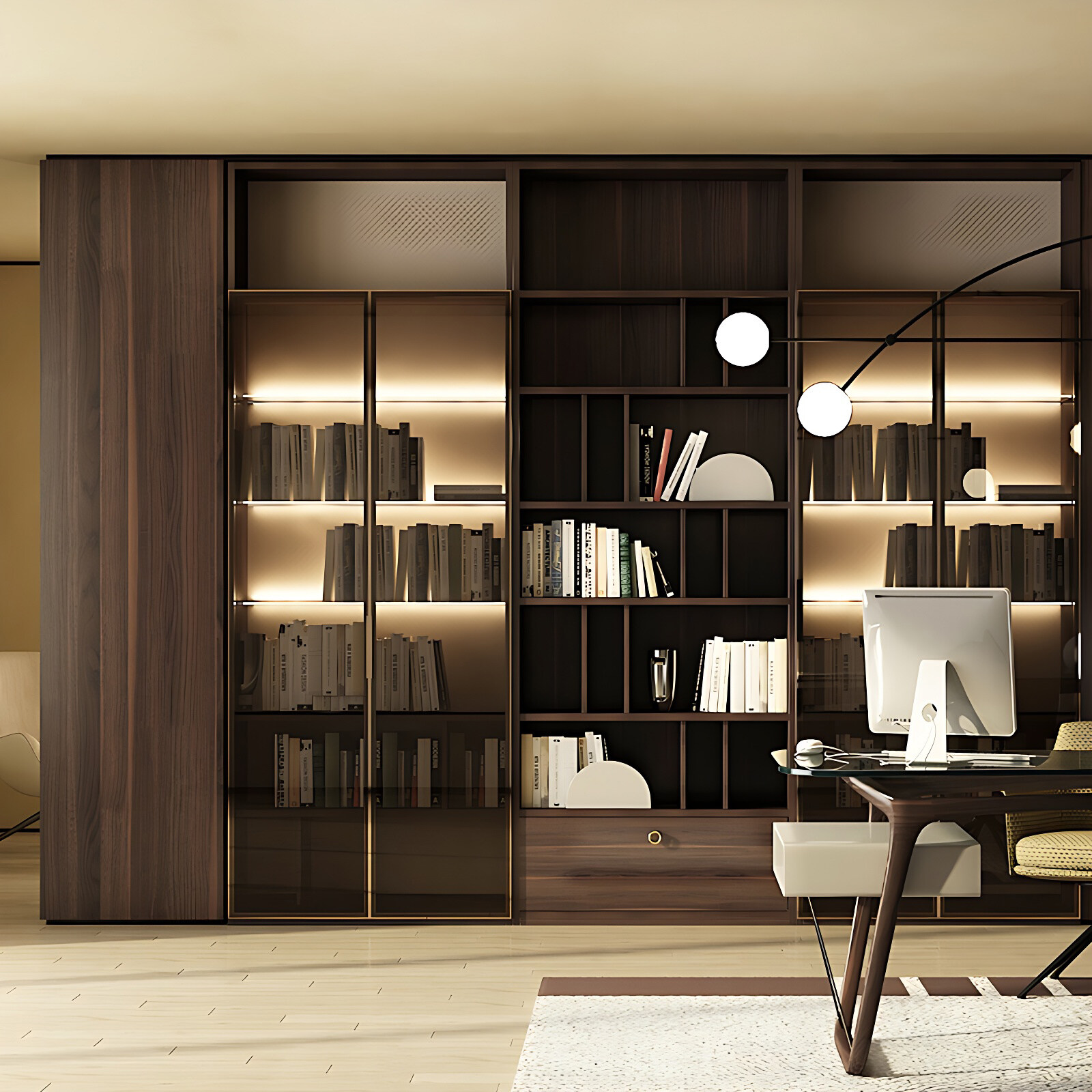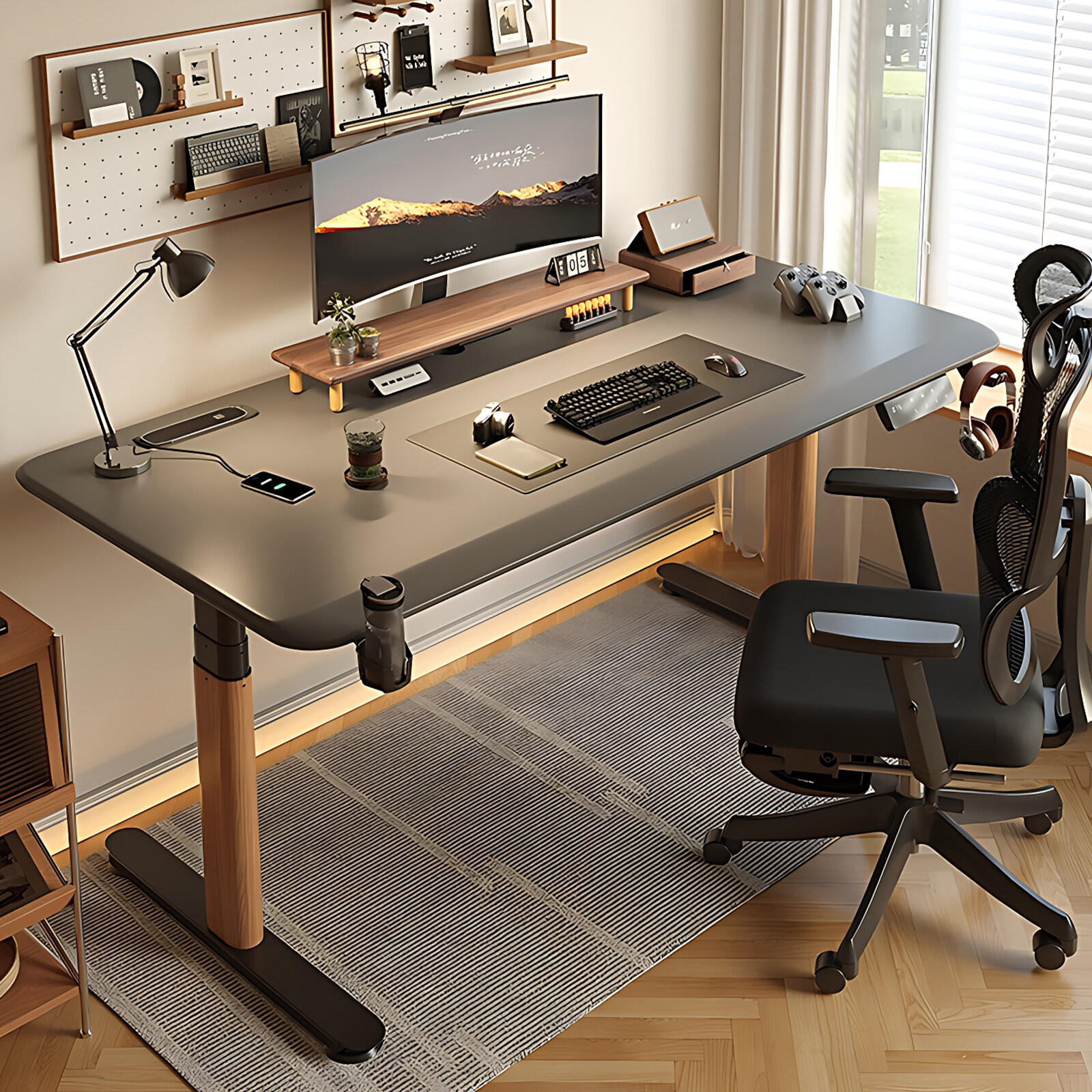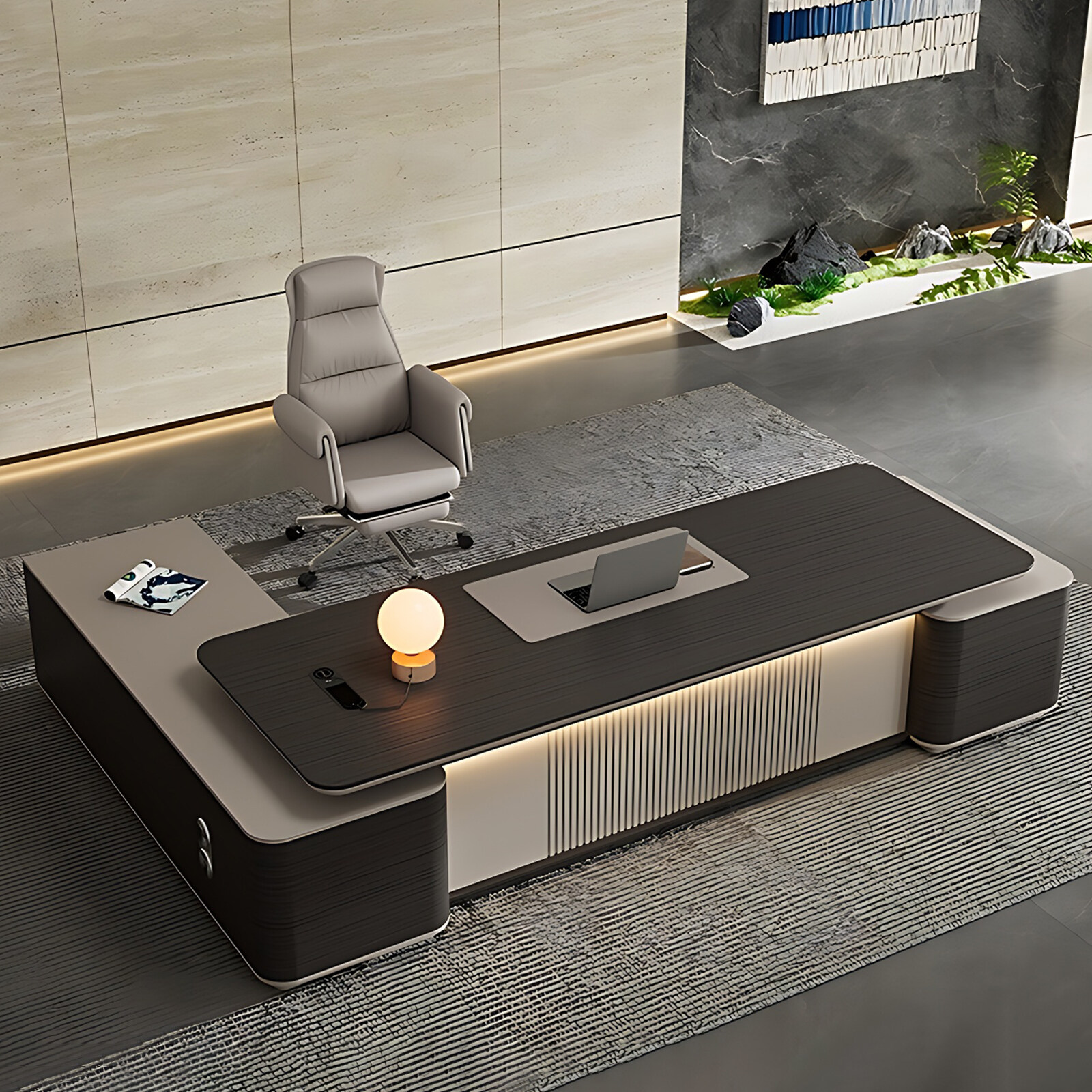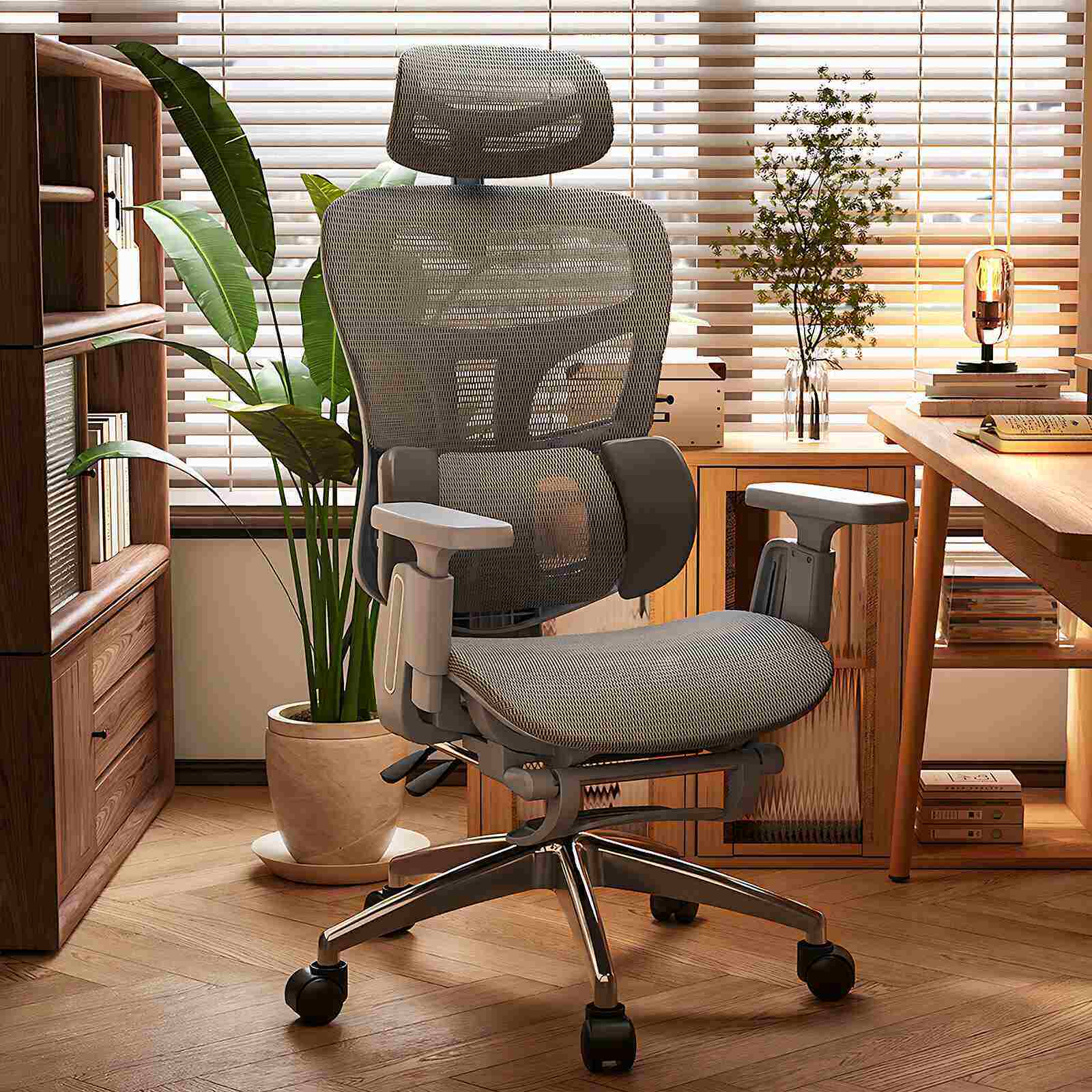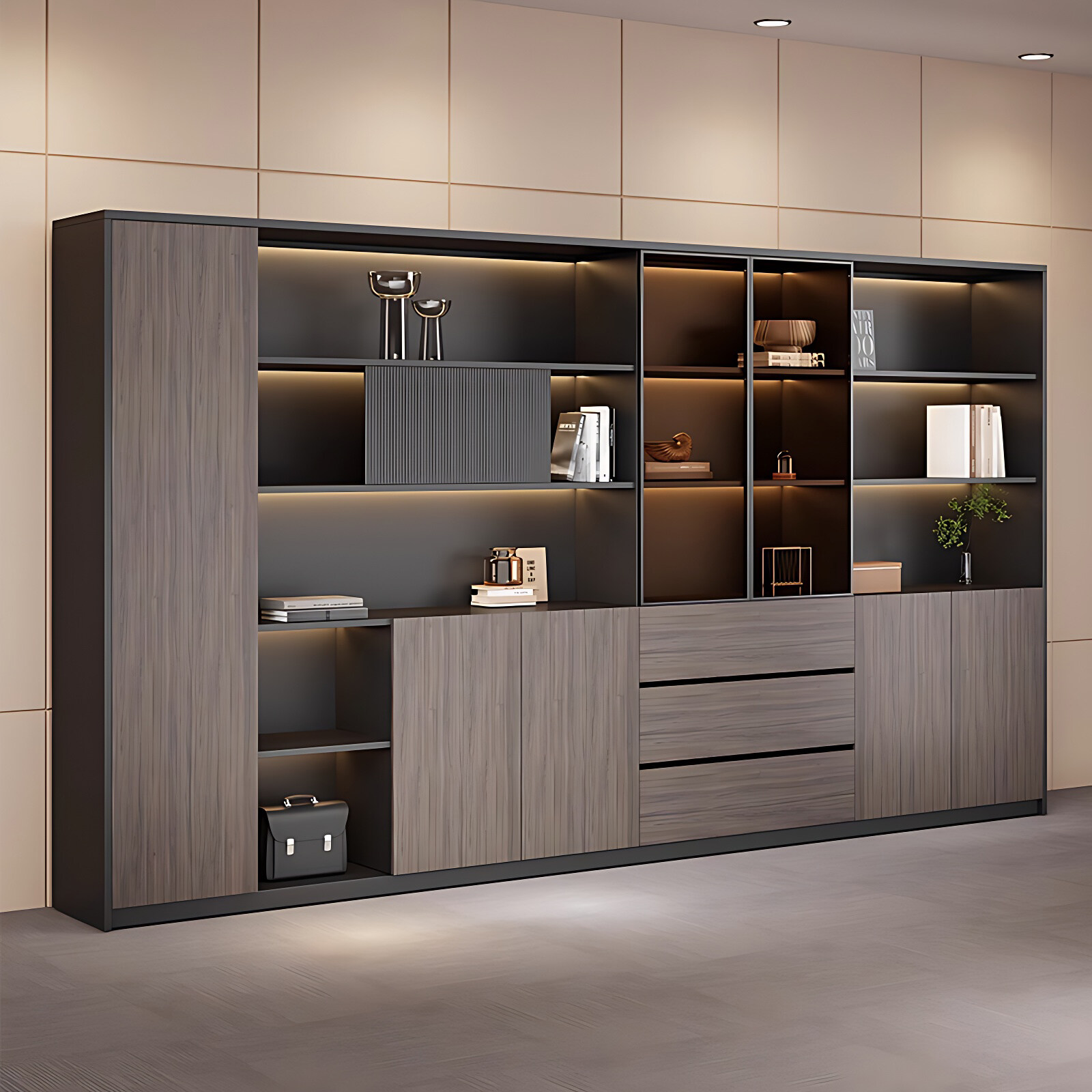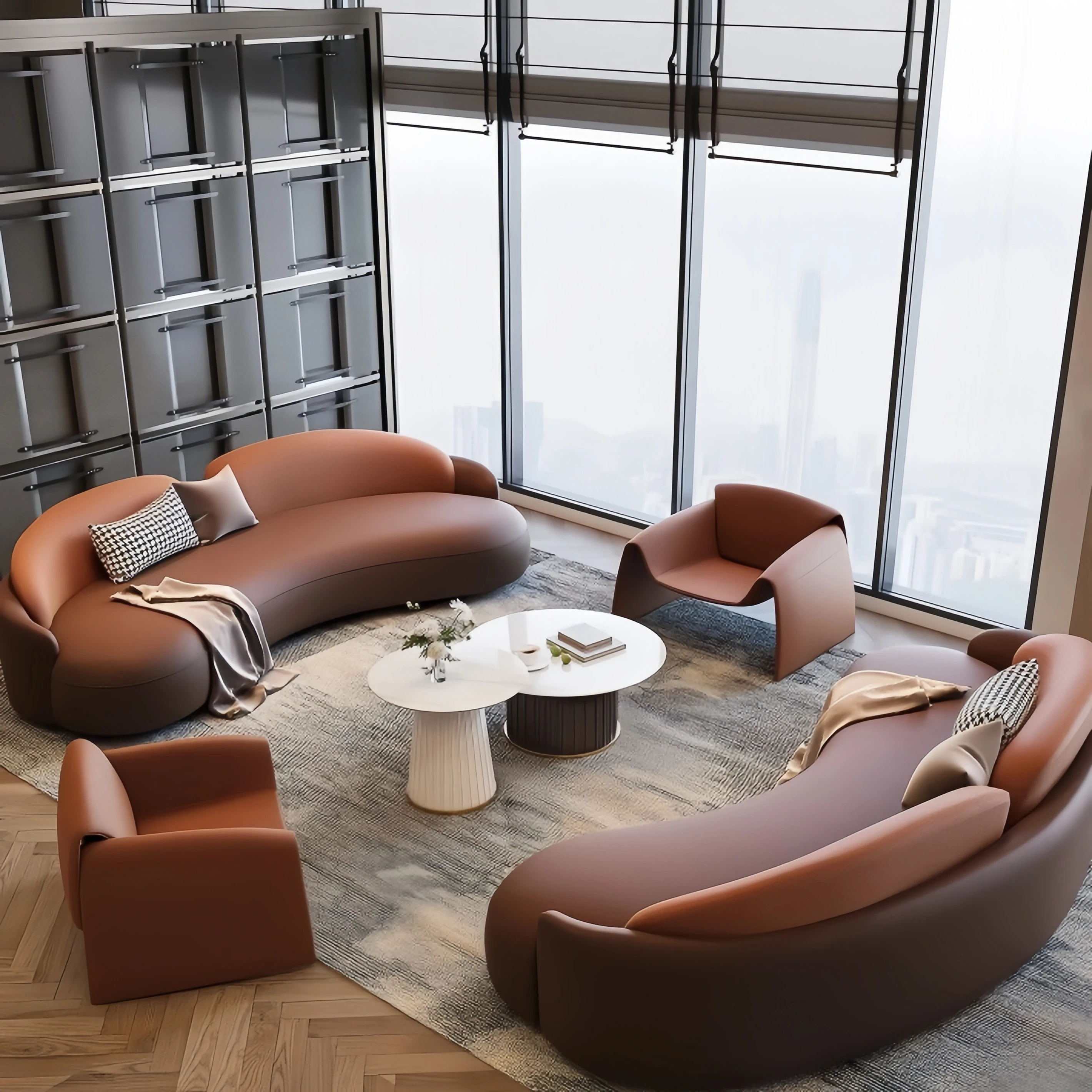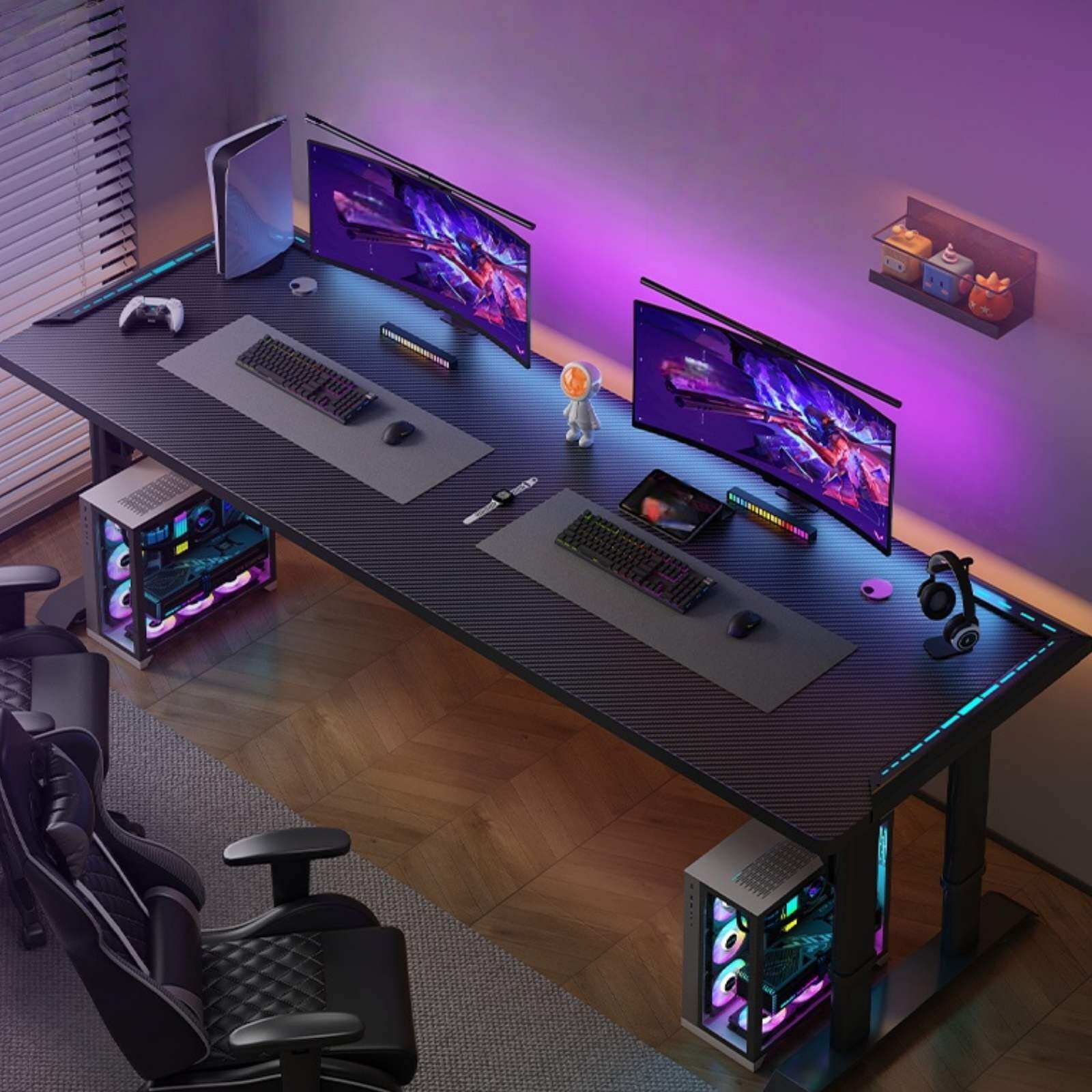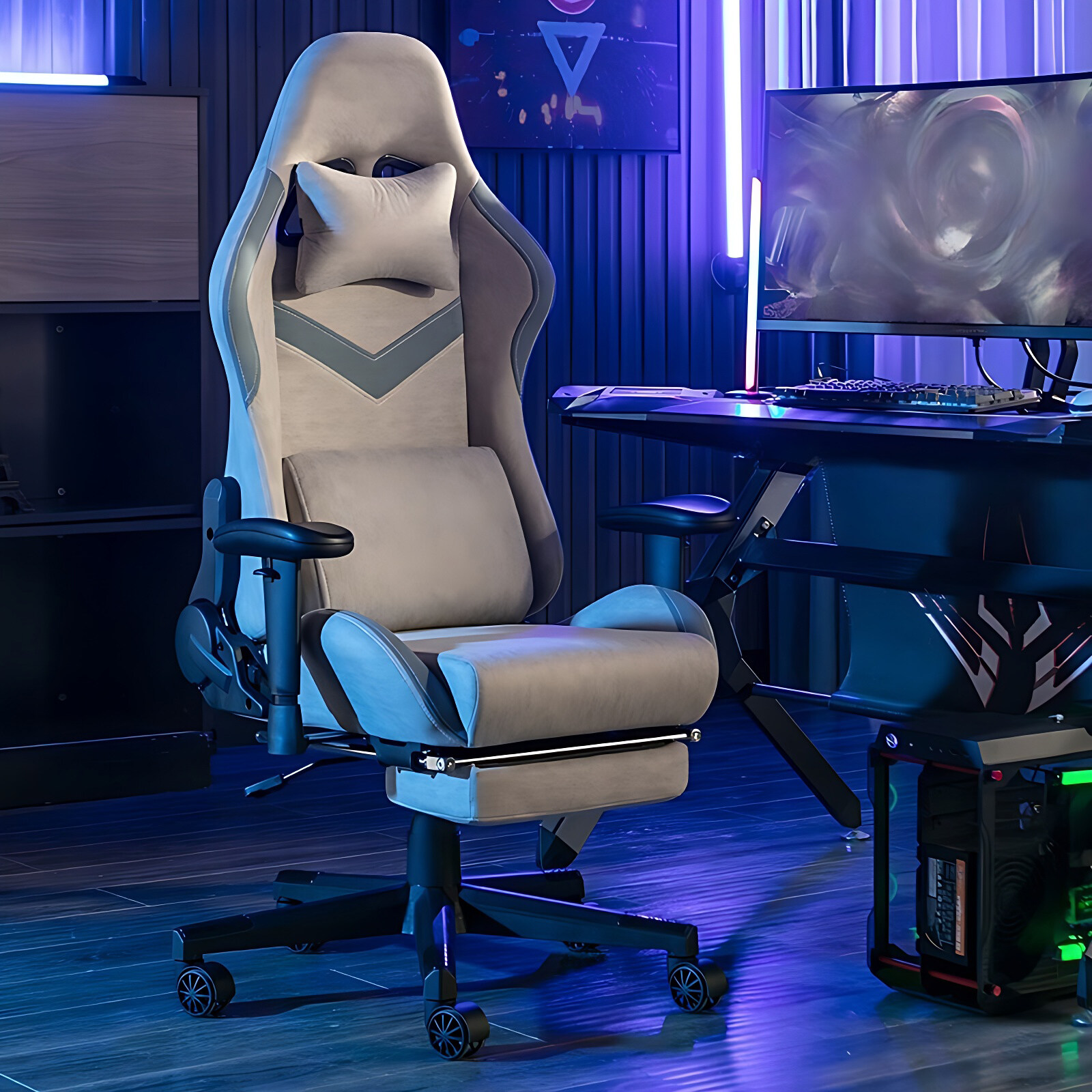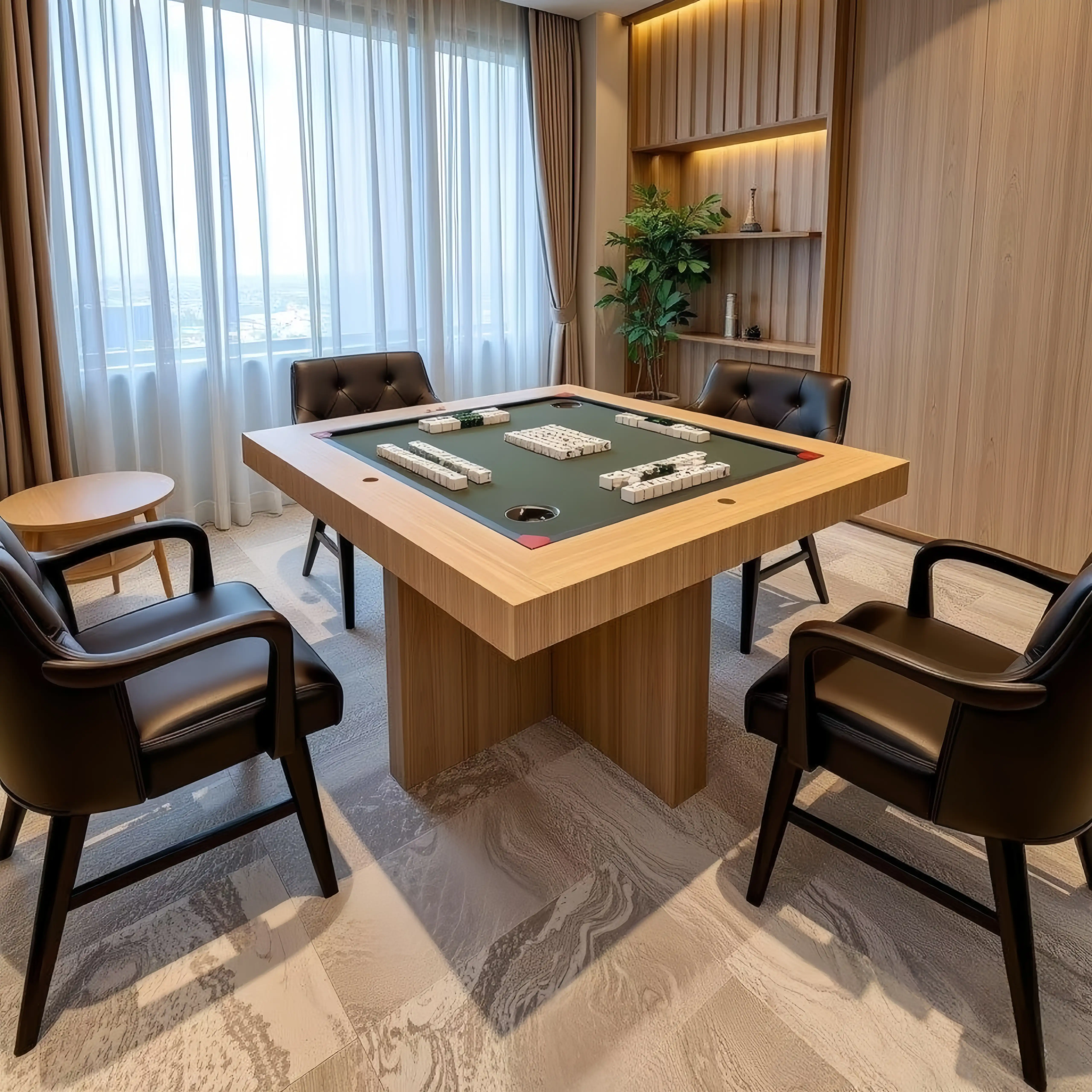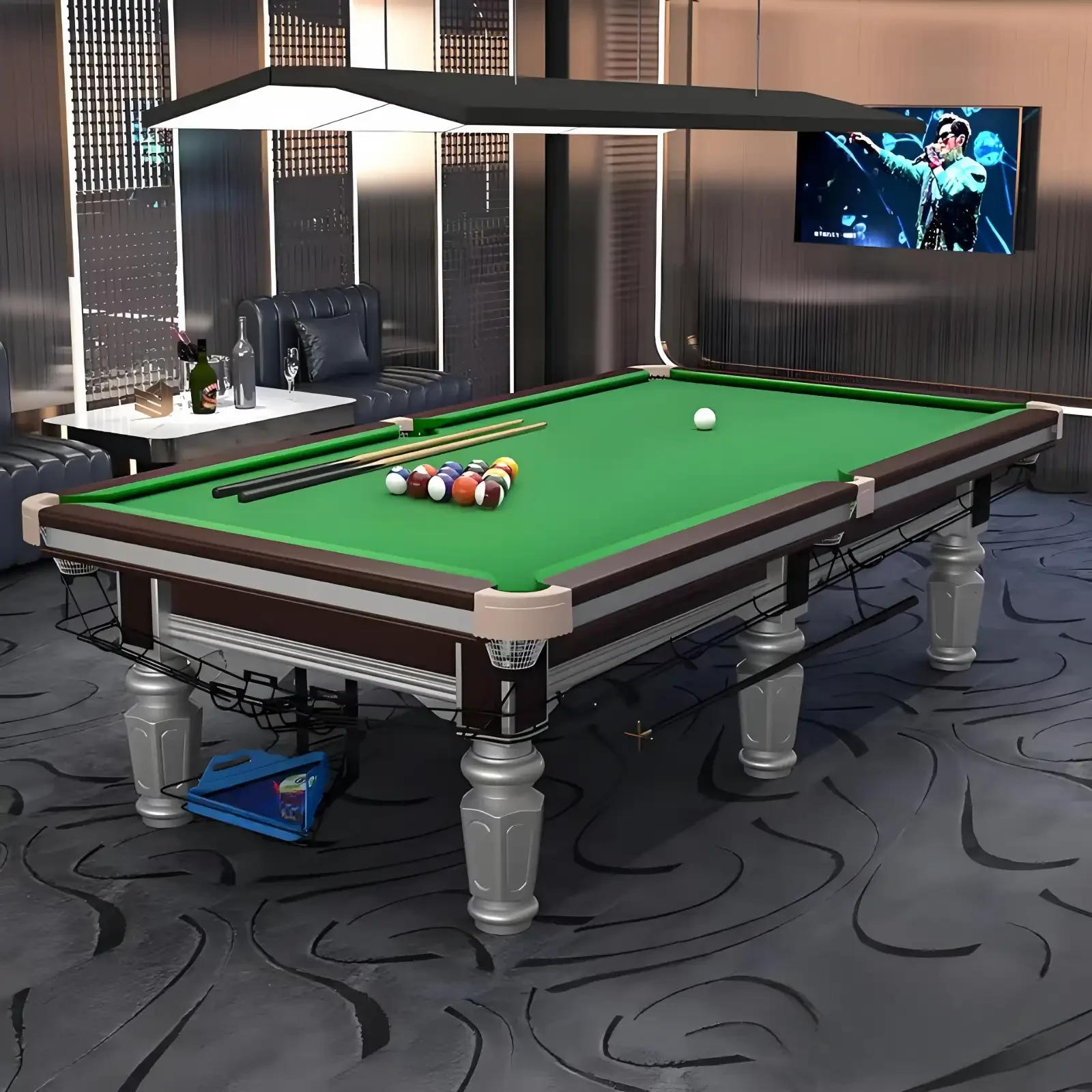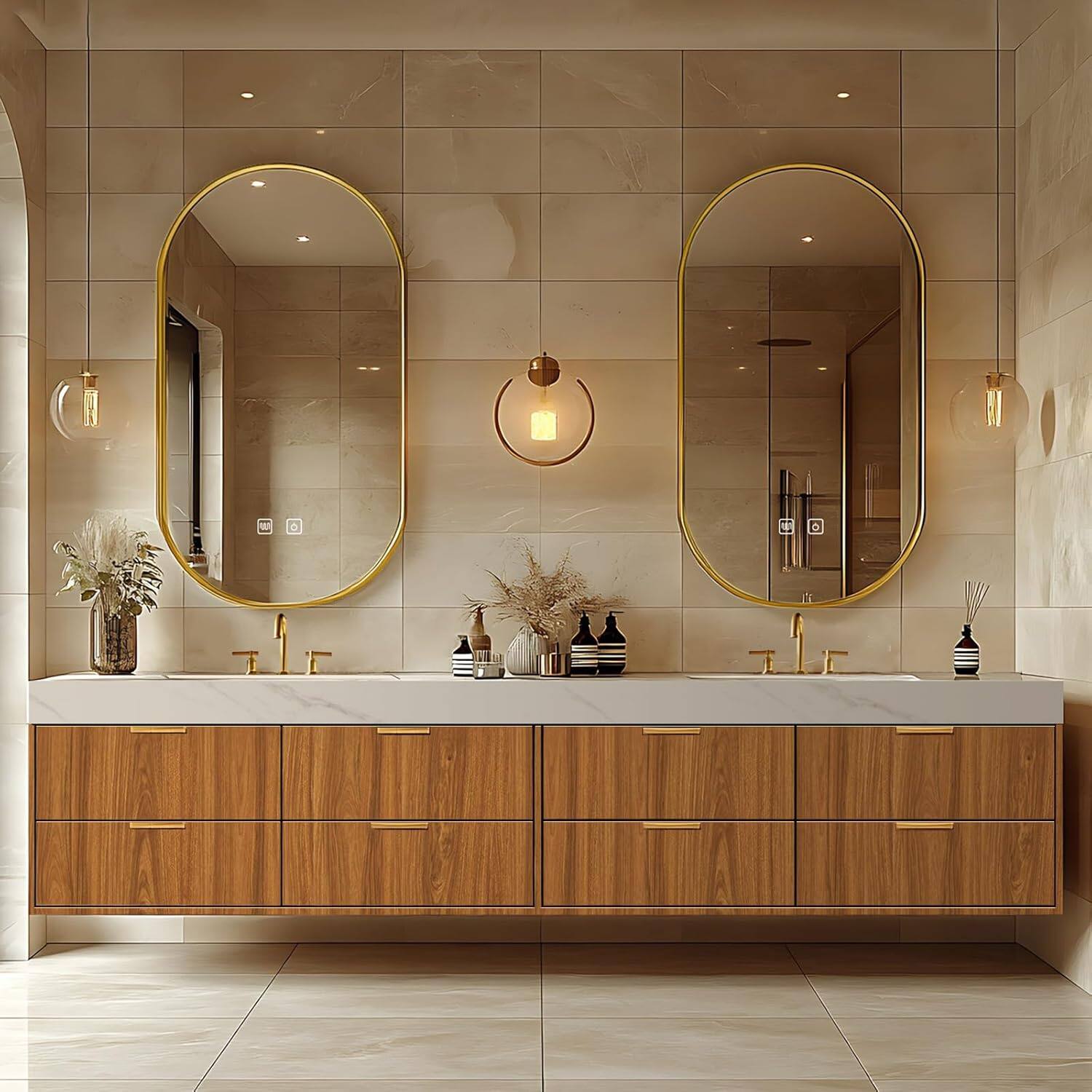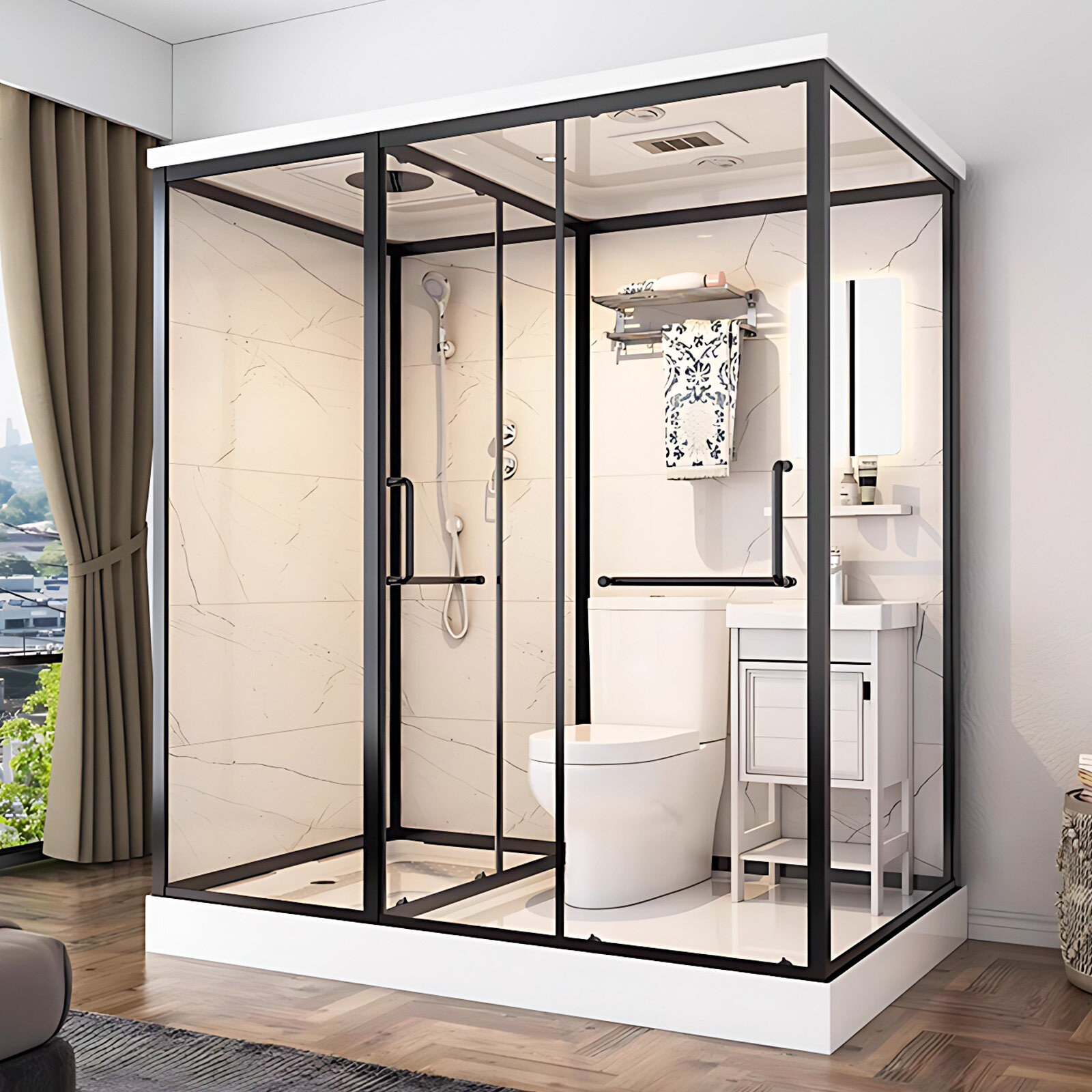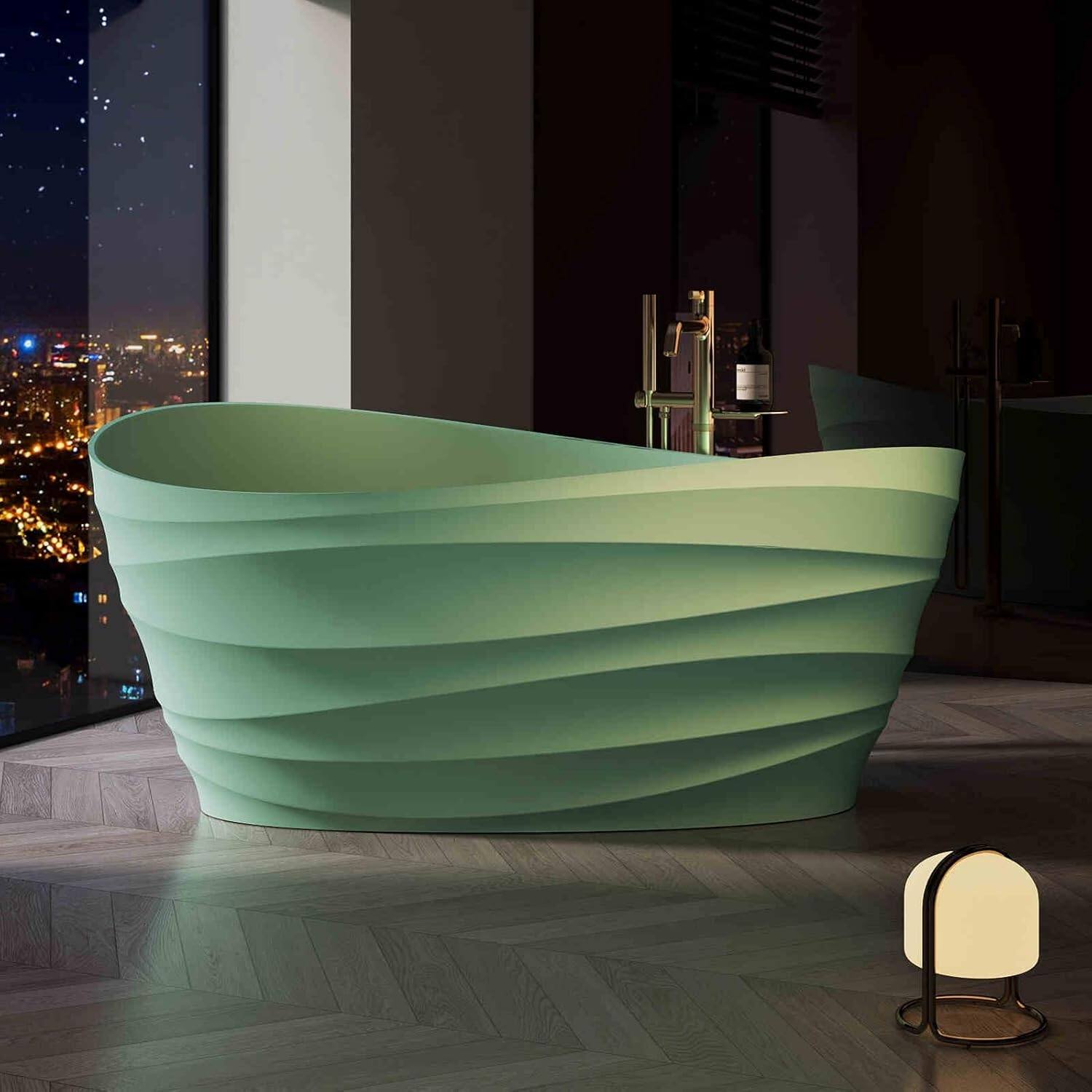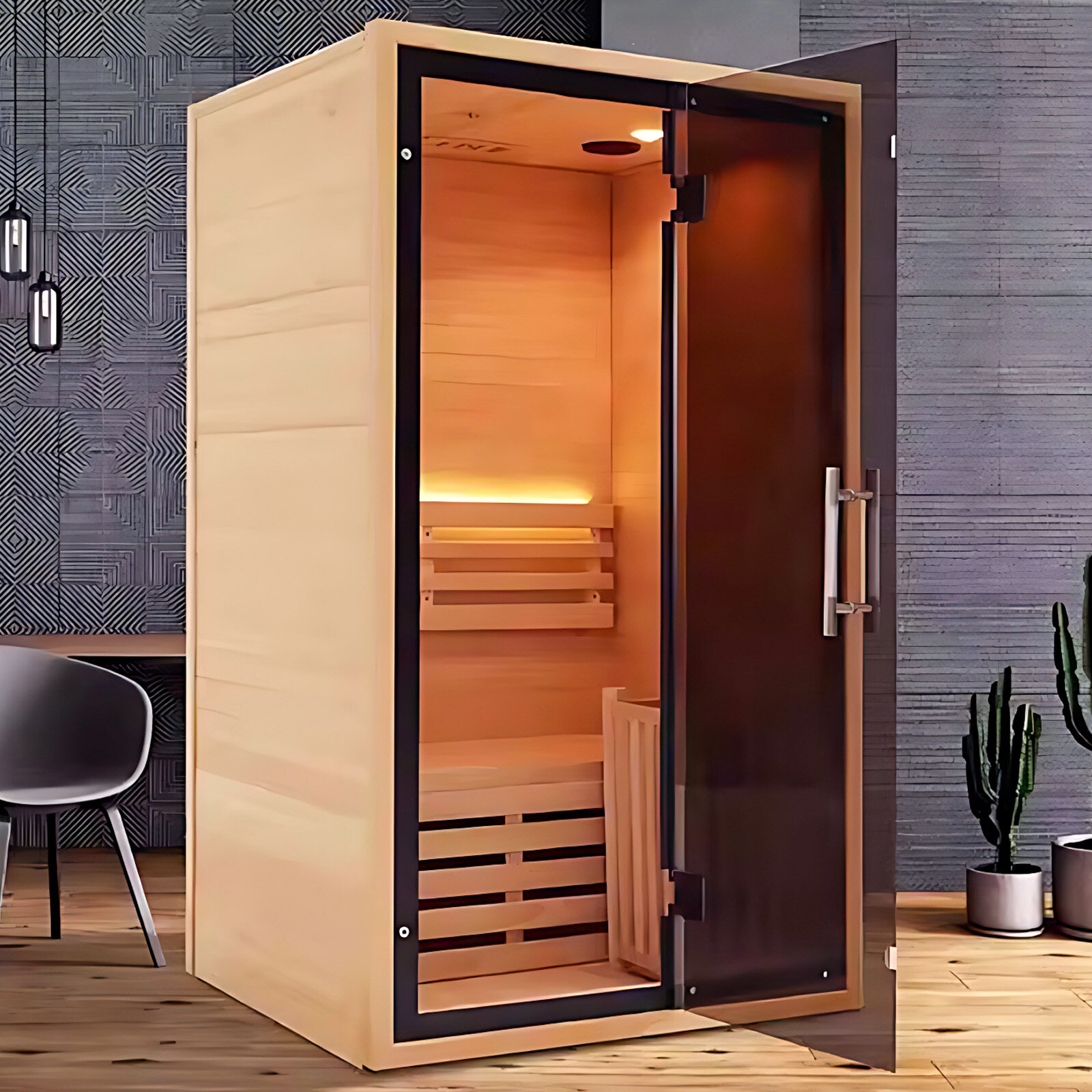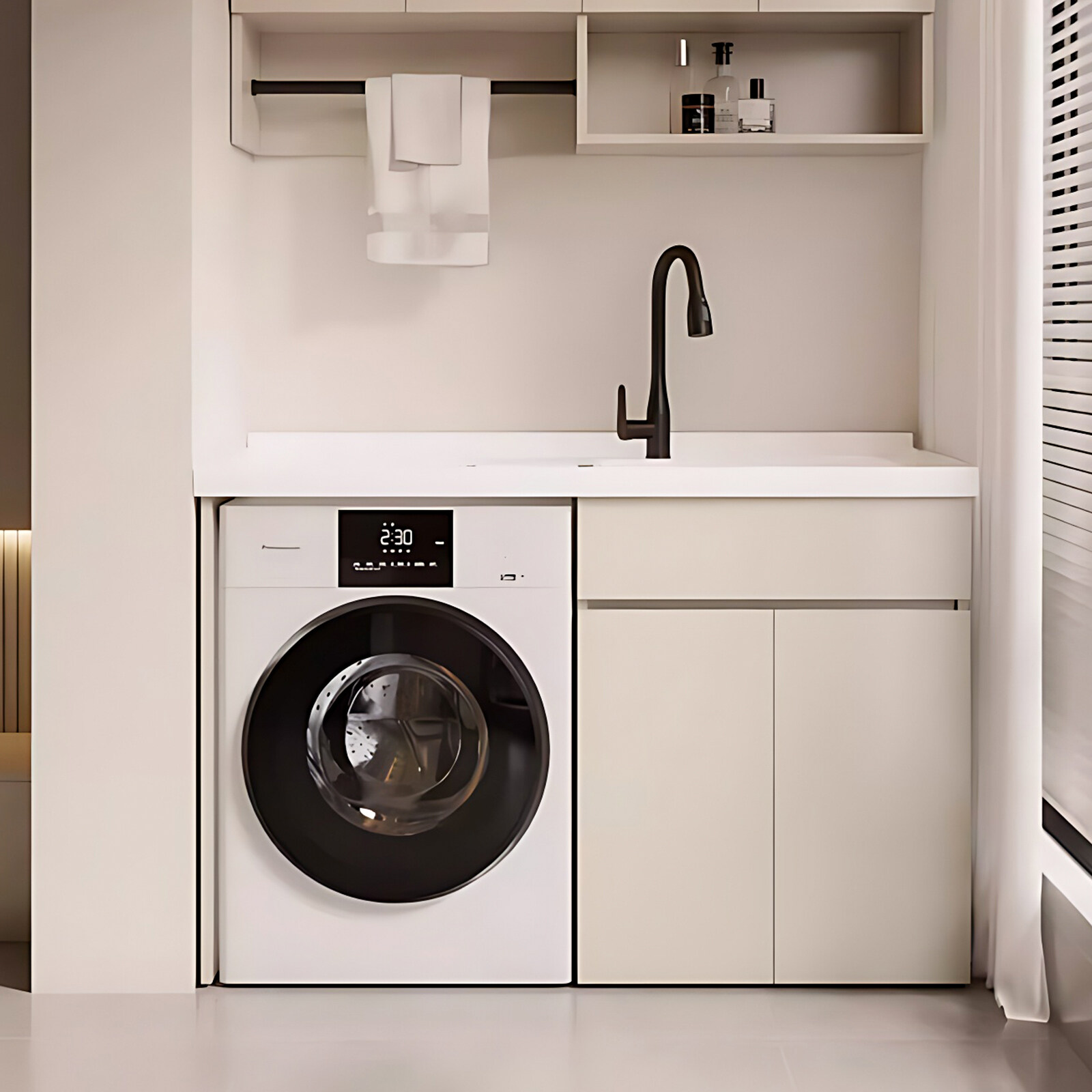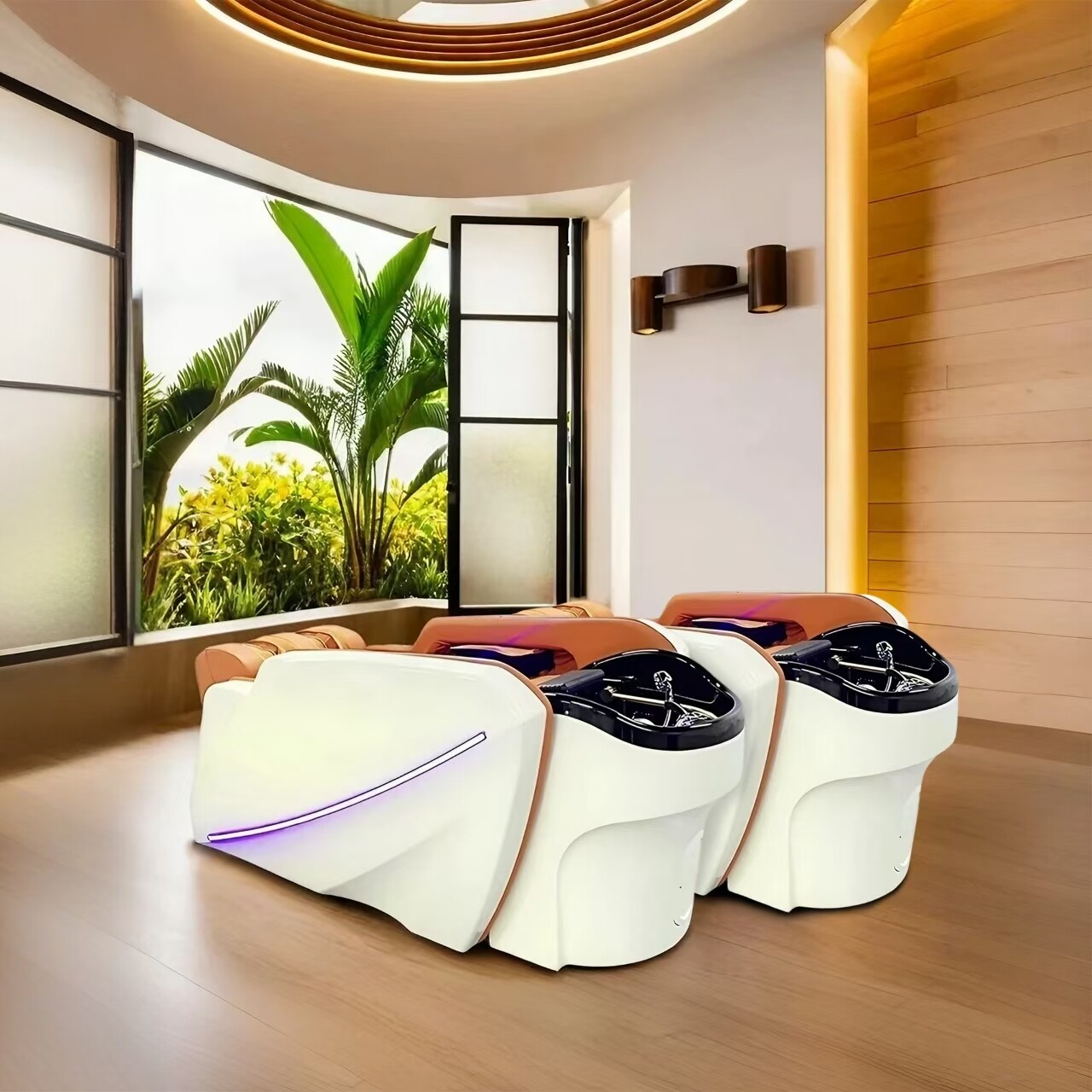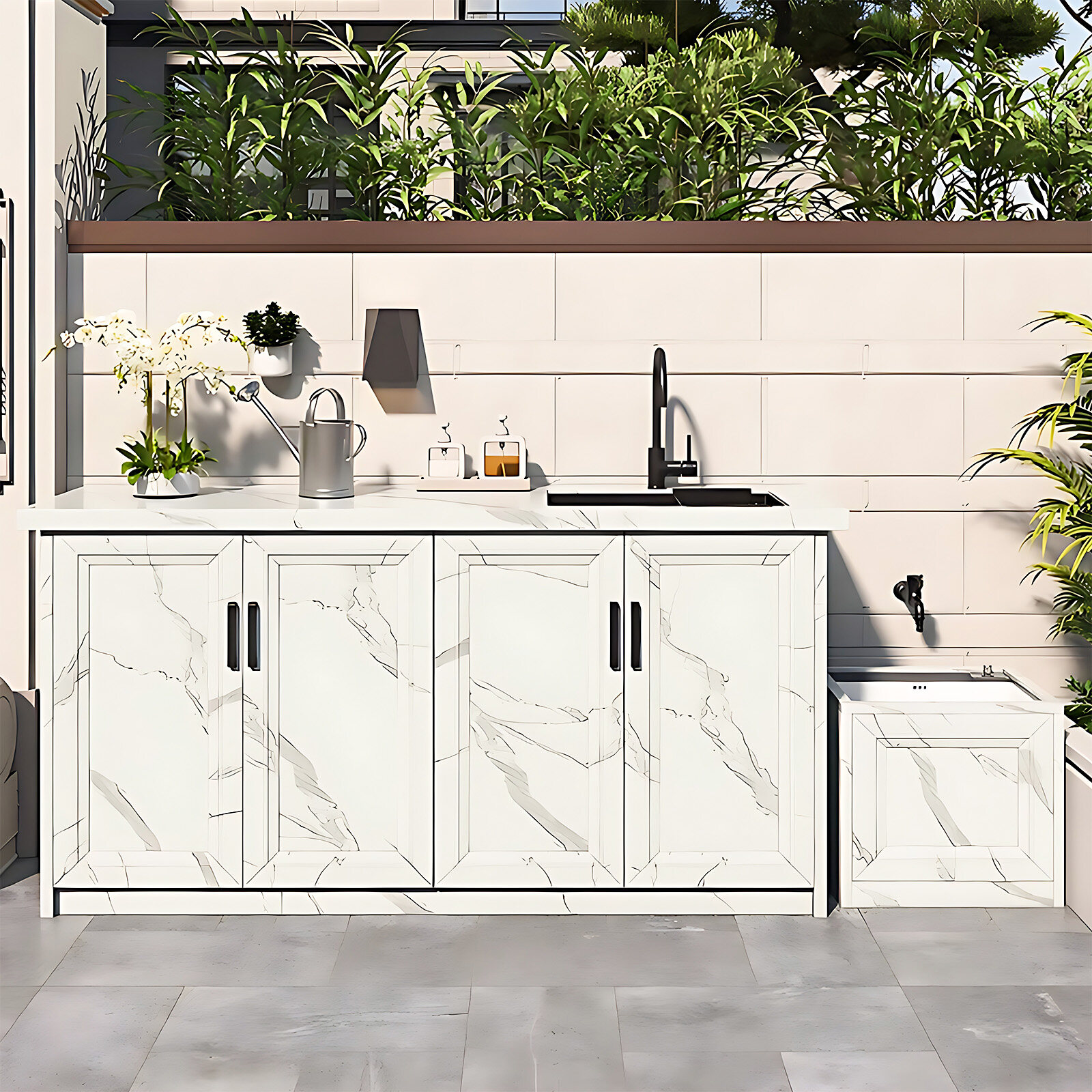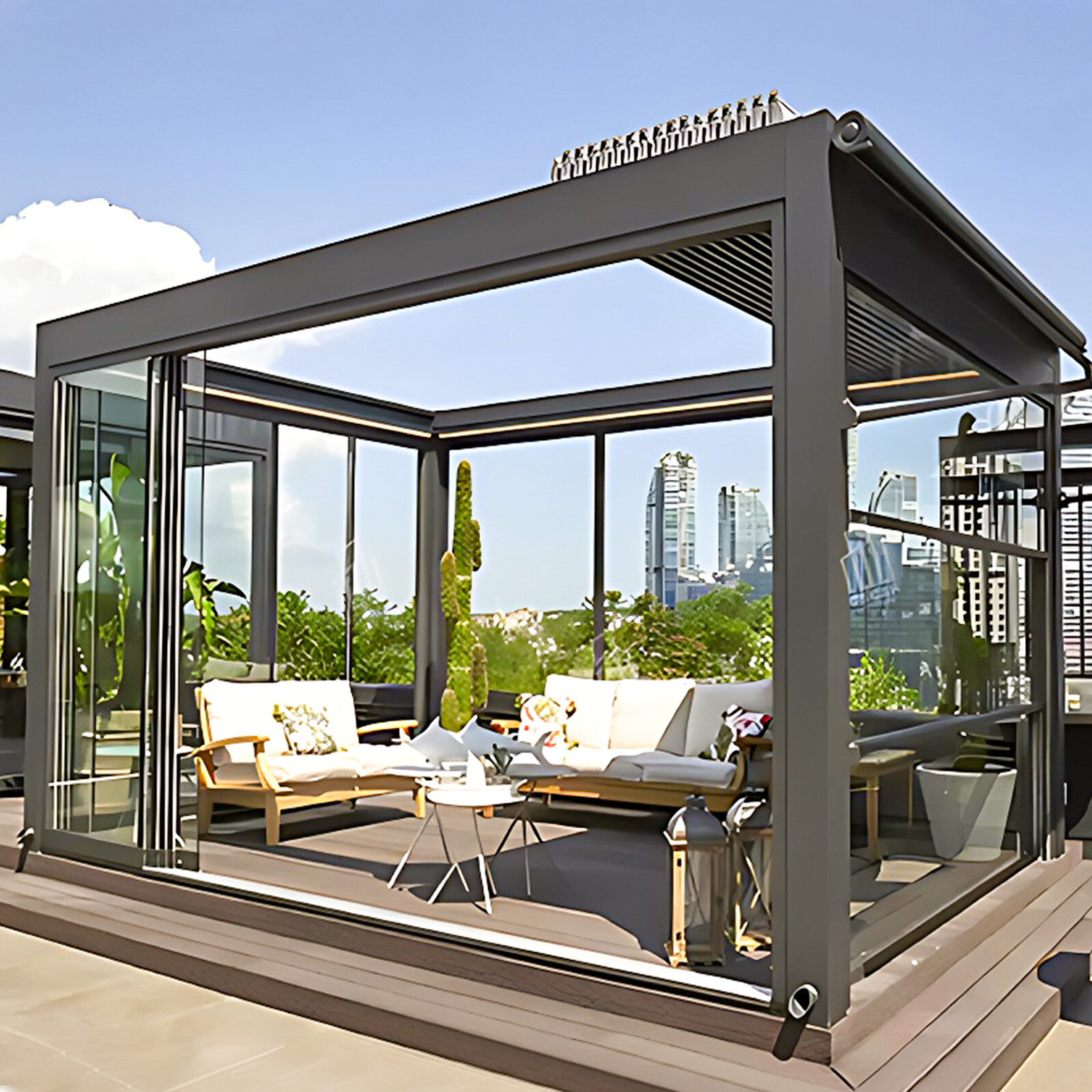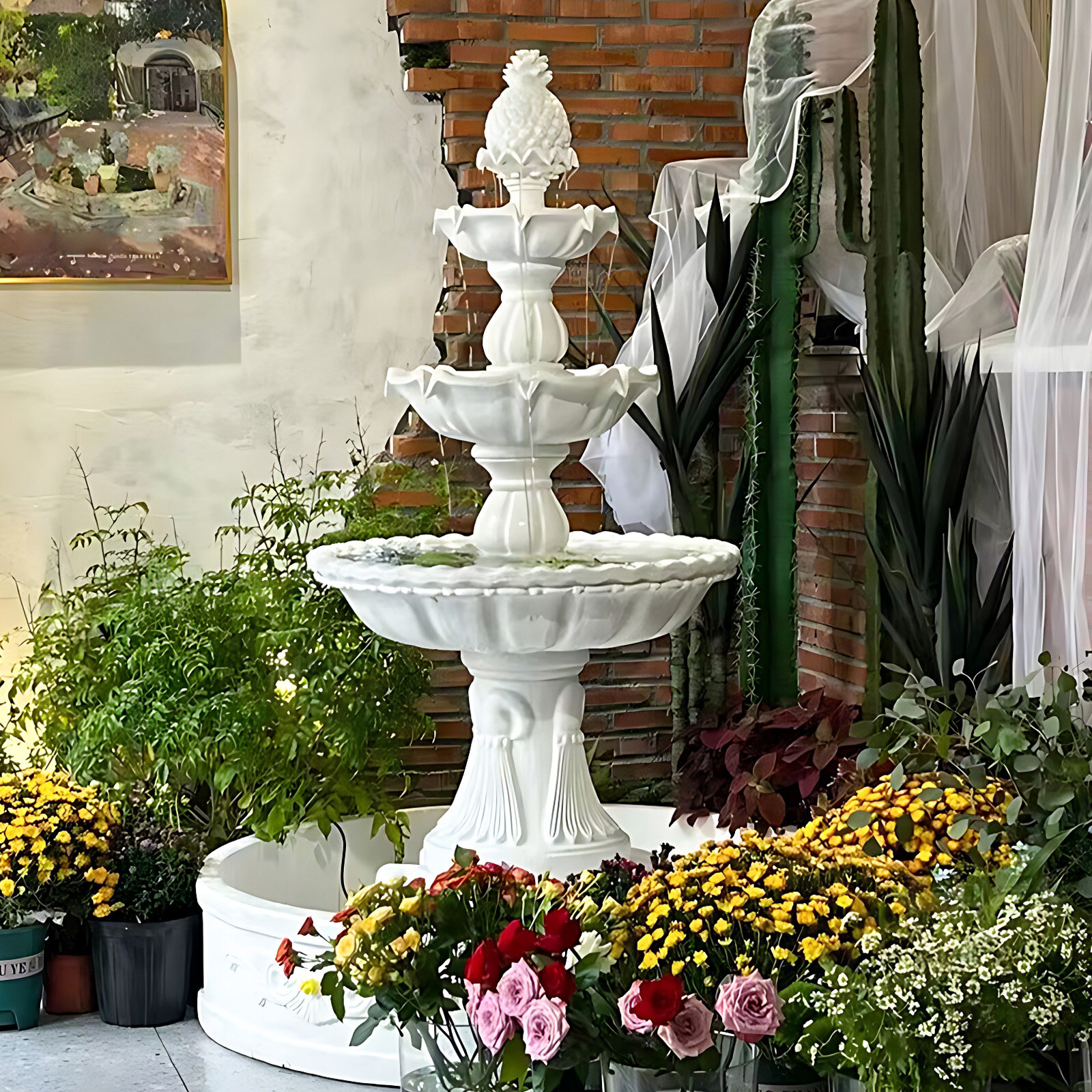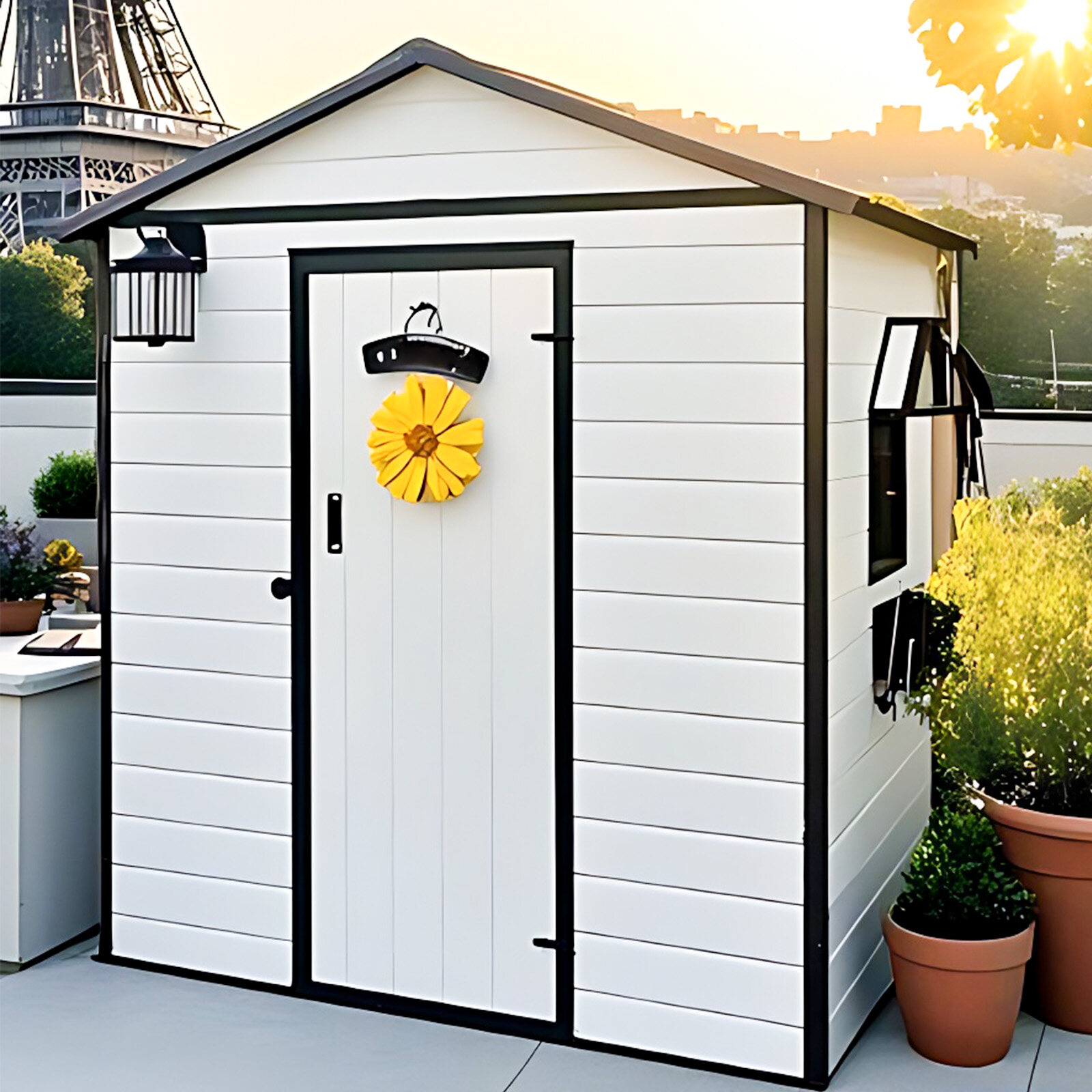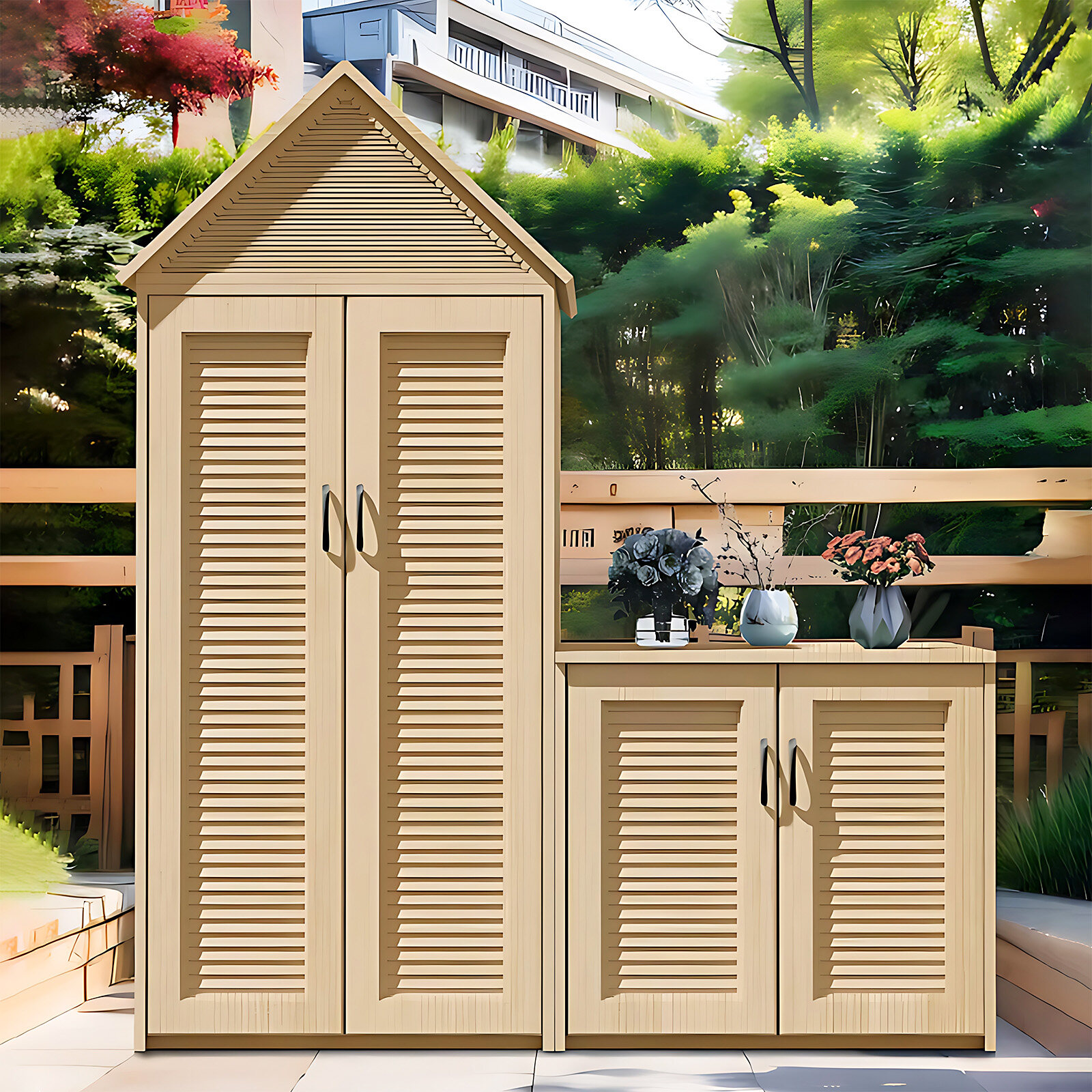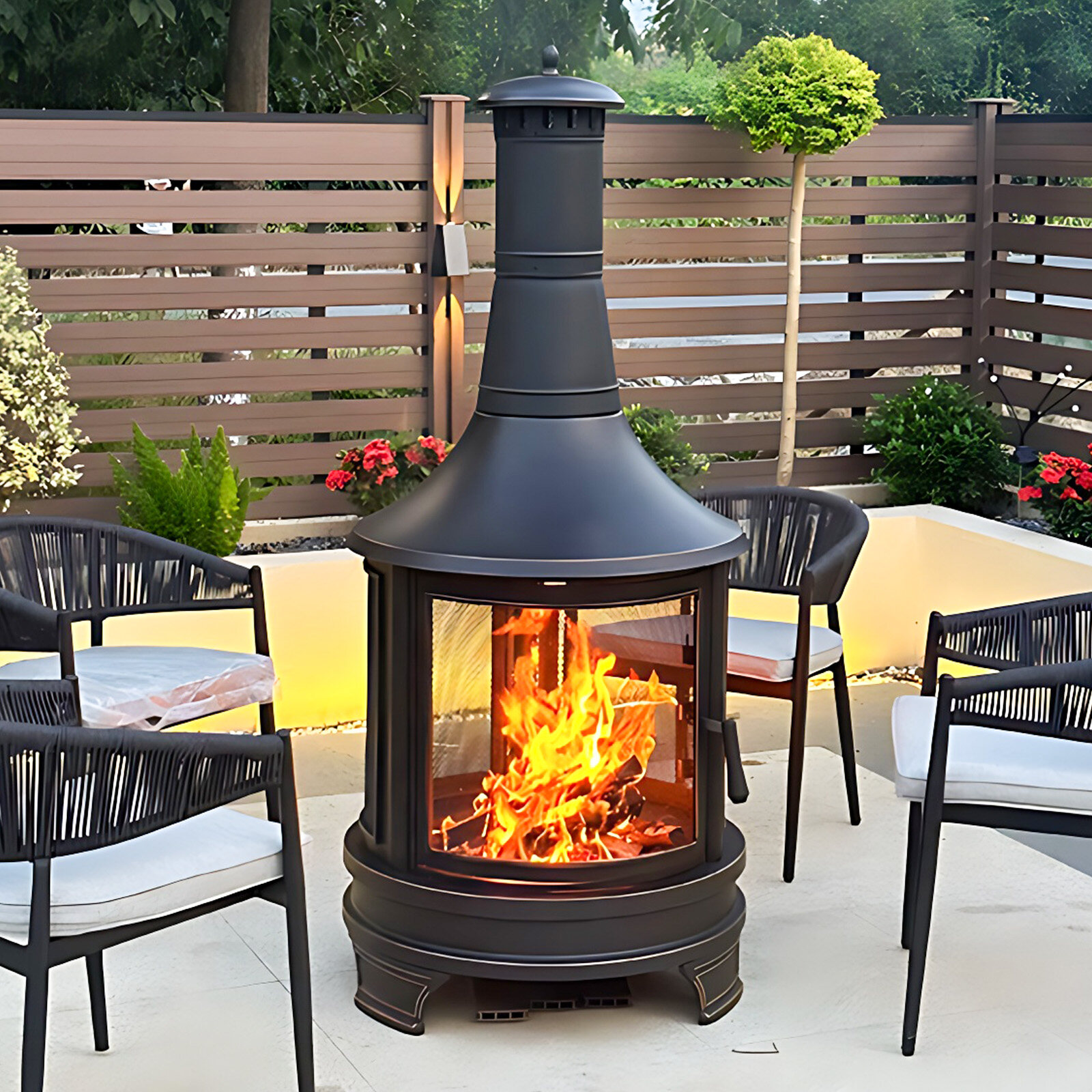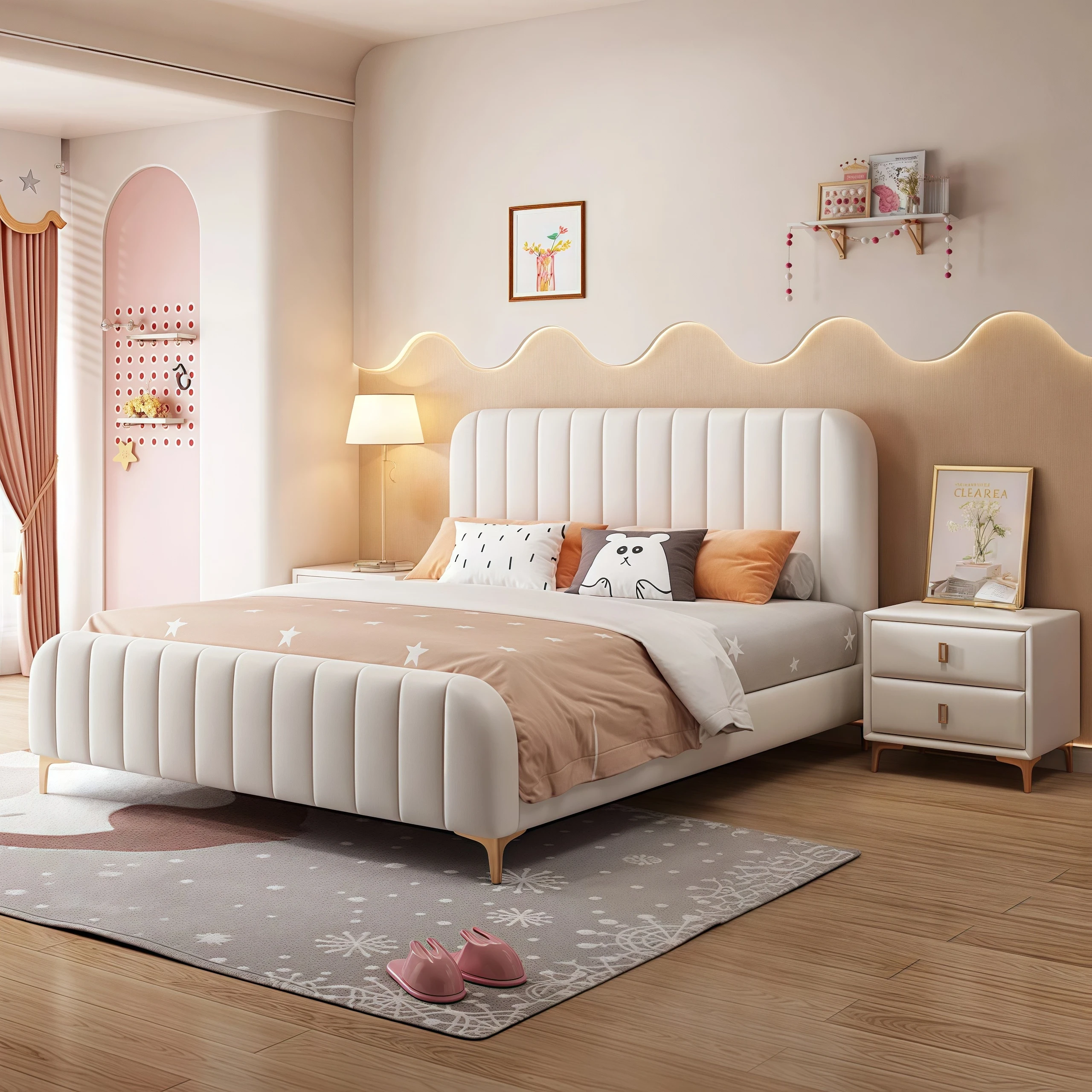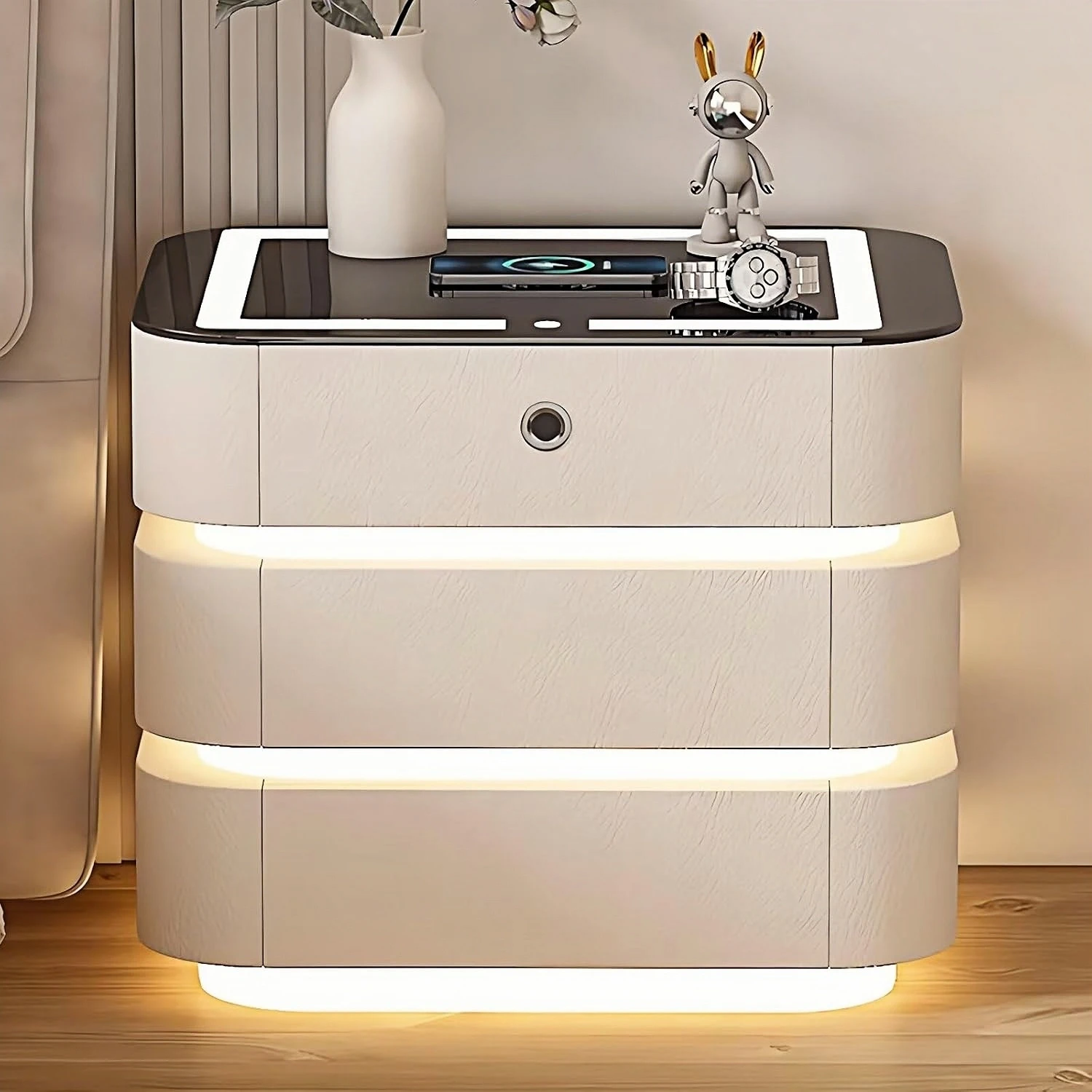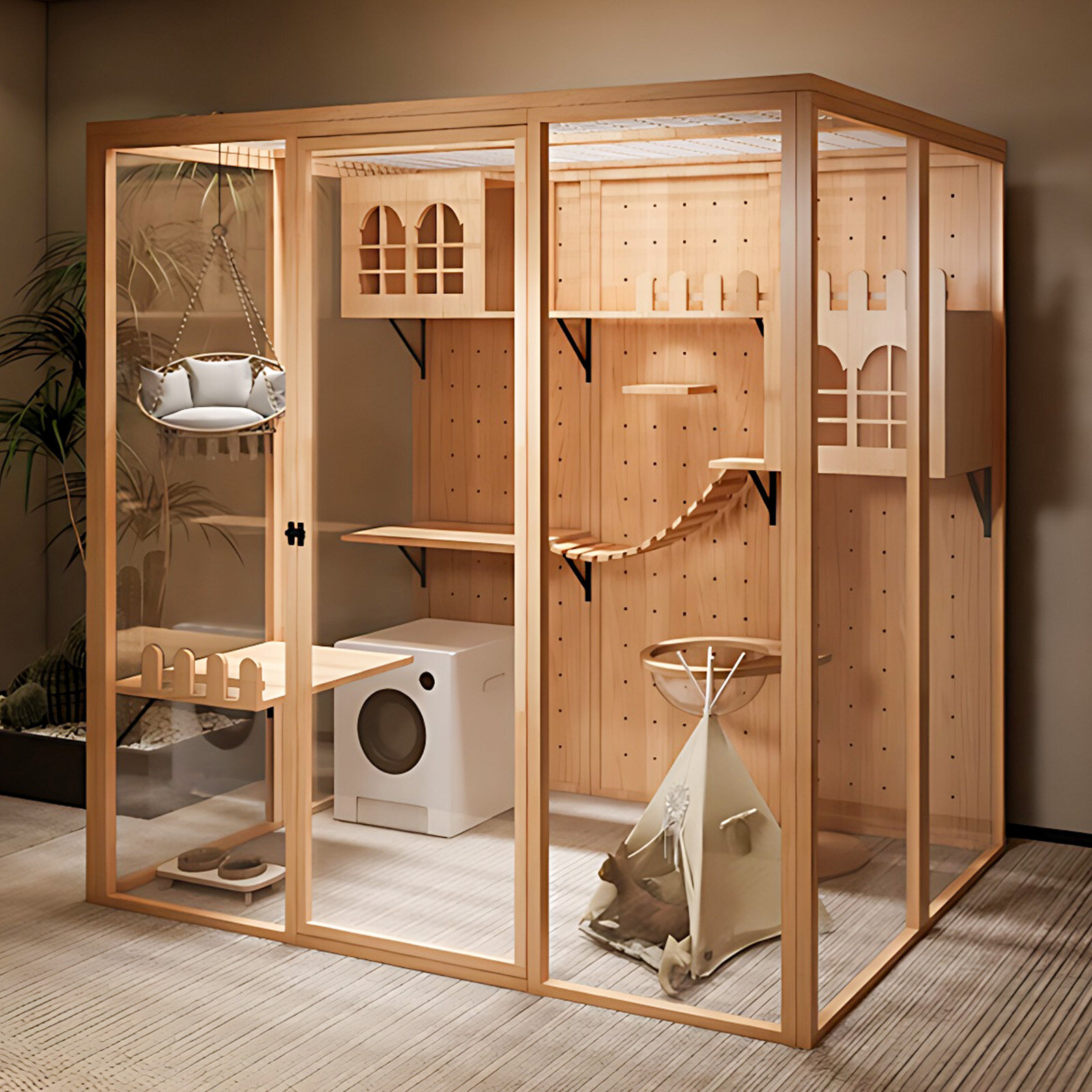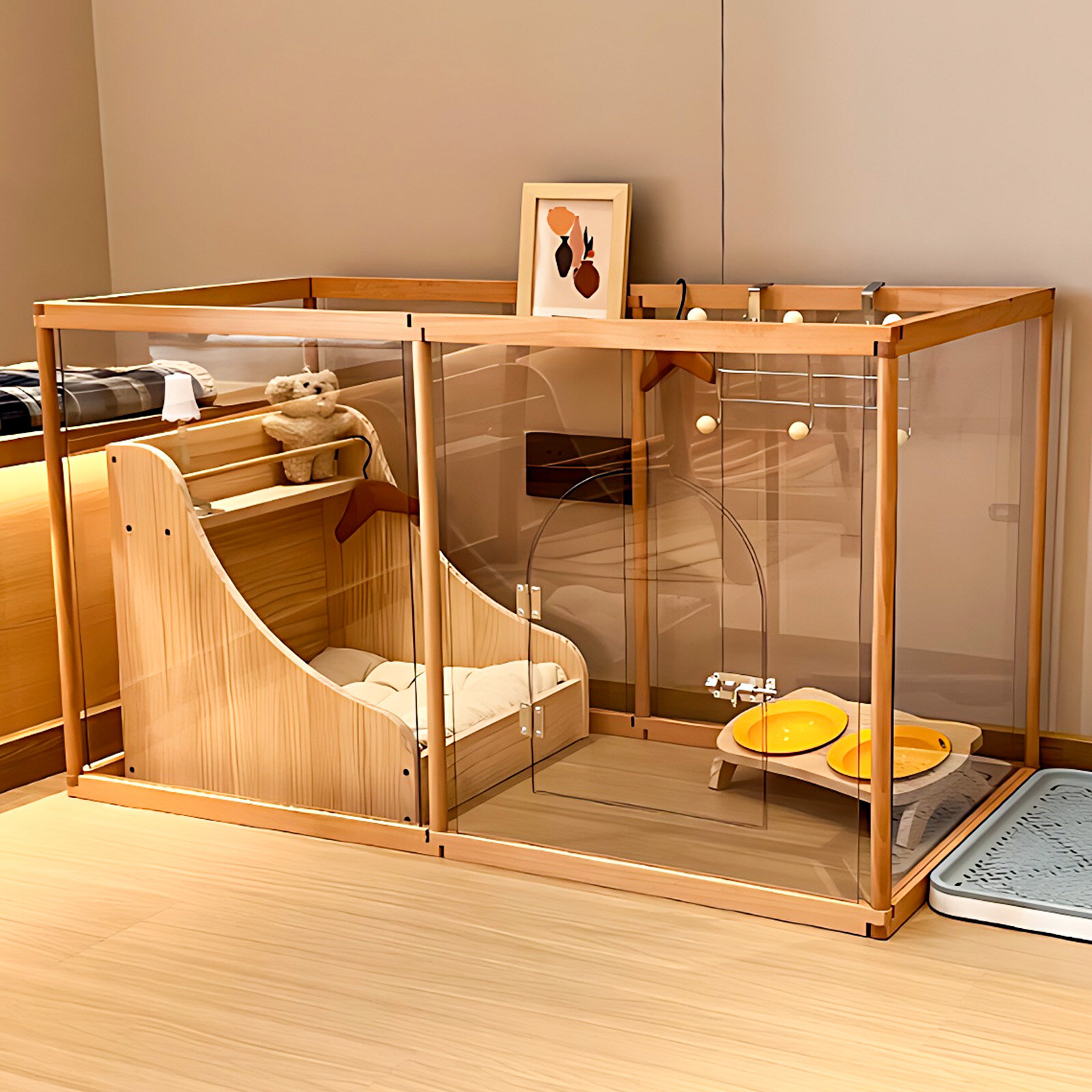More than merely filling spaces with appealing objects, a home requires a careful, spatially aware plan to achieve the appearance of a casual but unmistakable design. Every room is different, as what works for one will not necessarily work for another. When looking for how to buy furniture, most consideration goes into the proportions of the rooms, the kinds of furniture that will fit, and the adjacent and underlying space. Good design is like good jazz: It swings. Better households have rooms that have it, or at least have some aspects of it, but almost all rooms lack some sense of it, especially when it comes to practical matters of mere appearances.
Choosing a Consistent Style and Theme
Identifying the overall theme or style that pulls at your heartstrings is a must before heading into stores or diving into the vast online offerings. Whether you gravitate toward modern minimalism, rustic charm, mid-century elegance, or industrial edginess, this pivotal decision will serve as your north star when you select each piece.
Having a consistent theme doesn’t mean everything has to match perfectly. But you do want each element to complement the others in tone, material, and visual weight to create an aesthetically cohesive interior. When making decisions about how to buy furniture, consider how the colours and textures of different materials interact.
Materials, Durability, and Lifestyle Factors
A huge part of the furniture shopping that sometimes goes underappreciated is the materials and how they're right for your lifestyle. For many of us, homes are active with kids, pets, and serious entertaining. While engineered wood or panel products might save you money, and frame styles made of those materials might be lighter in weight and easier to move, when it comes to resilience, nothing beats solid hardwood or decent metal frame construction.
Furniture experts also know that cut-and-sew construction is a solid benchmark for quality upholstery and drapery. The panelling and engineered wood you're getting with less expensive options likely doesn't have the same life span as the solid wood frames, leather, or performance fabrics that are more resilient to damage, more resistant to stains, and easier to clean when you spill or stain something.
Comfort and Functionality in Everyday Use
After aesthetics and durability, the next most vital aspect of furniture is comfort and usability, especially for candidates who will endure a lot of close contact. The issue is not just that furniture is pleasant to sit on, though truly, no matter how famous a piece may be, what is the point of purchasing if it makes one's rear end tremble with discontent?
The question of how to buy furniture also involves balancing aesthetic appeal with functional efficiency. While a stunning dining chair may photograph beautifully, its true value lies in daily comfort and practicality—unless it comes equipped with whimsical floating capabilities. Always prioritize an item's intended purpose over fleeting visual charm.
Smart Shopping and Budget Planning
Furniture purchasing begins with the all-important budget. The first step is to create ranges rather than fixed numbers. This allows for flexibility, leading to a secure investment in better quality or more versatile pieces.
For example, a White Coffee Table with a Rotatable Design can add utterly timeless value to any space. Go cheap here and you're flirting with disaster—both aesthetically and functionally—that can lead to worsened mental and physical health, not to mention a direct hit on your wallet when you're buying replacements.
If you're buying in stages, the essential pieces to start with are: 1. beds; 2. sofas; 3. a high-back ergonomic chair, followed by decorative accents and furniture that serve an atmospheric function. Also, never pay full price unless you have to.
Checking Delivery, Assembly, and After-Sales Service
An equally important but final aspect of how to buy furniture is to make sure that delivery logistics, assembly options, and customer support are up to par, especially for large or intricate items. This means knowing what happens if something goes wrong—if a modular piece doesn't fit through your doorway or arrives with a missing part, for instance. It also means knowing about the not-so-fun stuff: returns, warranties, repairs, and the like.
Even if you've done everything right so far, buying a faulty product can happen to the best of us, and the proactive after-sales support can convert negative product experiences into exceptional service recovery cases.
Finally, this part also involves measuring everything to ensure that all the items bought will fit through all the access routes (doorways, stairways, hallways, and elevators) into the designated living spaces without damage to the furniture or the residence. On delivery day, it saves both time and trouble to have done this diligence beforehand.
Conclusion
In the end, the act of purchasing furniture should coalesce into a process suffused with deliberation, in which the blend of individual taste, functional requirements, and the triad of components known as the "quality," "cost," and "availability" comes together. Whether furnishing a space from the ground up or looking to replace a few key pieces that had grown too shabby to remain in the house, you must remind yourself that this too is an investment and must be justified in terms of both the short and long leaves of budget. At Suncharm, you can find these very pieces to be significant in terms of the standard and the permeability test. We make both practical and aesthetic sense. Beyond that, we fit the penumbral value that must be imprinted in any living space, the modernists' and classicists' imaginary space that is any living room.

 USD
USD
 GBP
GBP
 EUR
EUR
